These Inventors Completely Changed the Course of History
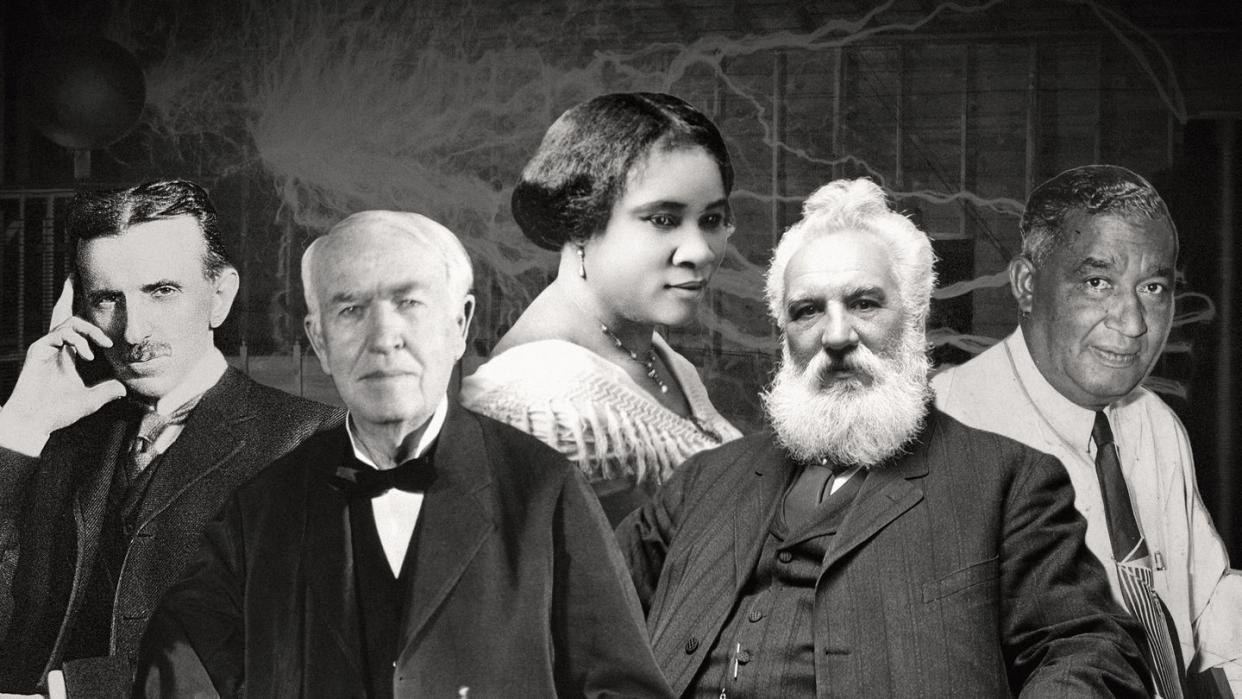
We have a lot to thank history’s inventors for. Every time you turn on a TV, drive a car, style your hair, iron your clothes, or do almost anything else throughout the course of your day, it’s likely because one of these famous inventors came up with something to help you do so. In fact, inventors are responsible for you reading this article on your phone, tablet, or computer right now. Without people creating technologies like the one you’re using, our world would be drastically different.
From Thomas Edison, who invented the lightbulb, to Joy Mangano, who made it easier for busy parents to keep the house clean, all of these inventors have left their marks on history in their own ways. Although many of these names and products will be familiar to you, there are also engineers, scientists, and mathematicians on this list who you might not know. But that doesn’t mean their contributions to science are less significant—in fact, many of them formed the basis for later inventions and widespread technologies.
Keep reading to learn fun facts about these famous inventors.
Madam C.J. Walker
Madam C.J. Walker, who was born Sarah Breedlove in 1867, invented a hair care treatment for Black women. She traveled around the country demonstrating the “Walker Method,” which involved a pomade that Walker formulated, a brushing technique, and heated combs. She was inspired to invent the revolutionary hair care treatment because of her own experience with a condition that caused hair loss.
Related: How Madam C.J. Walker Invented Her Hair Car Products
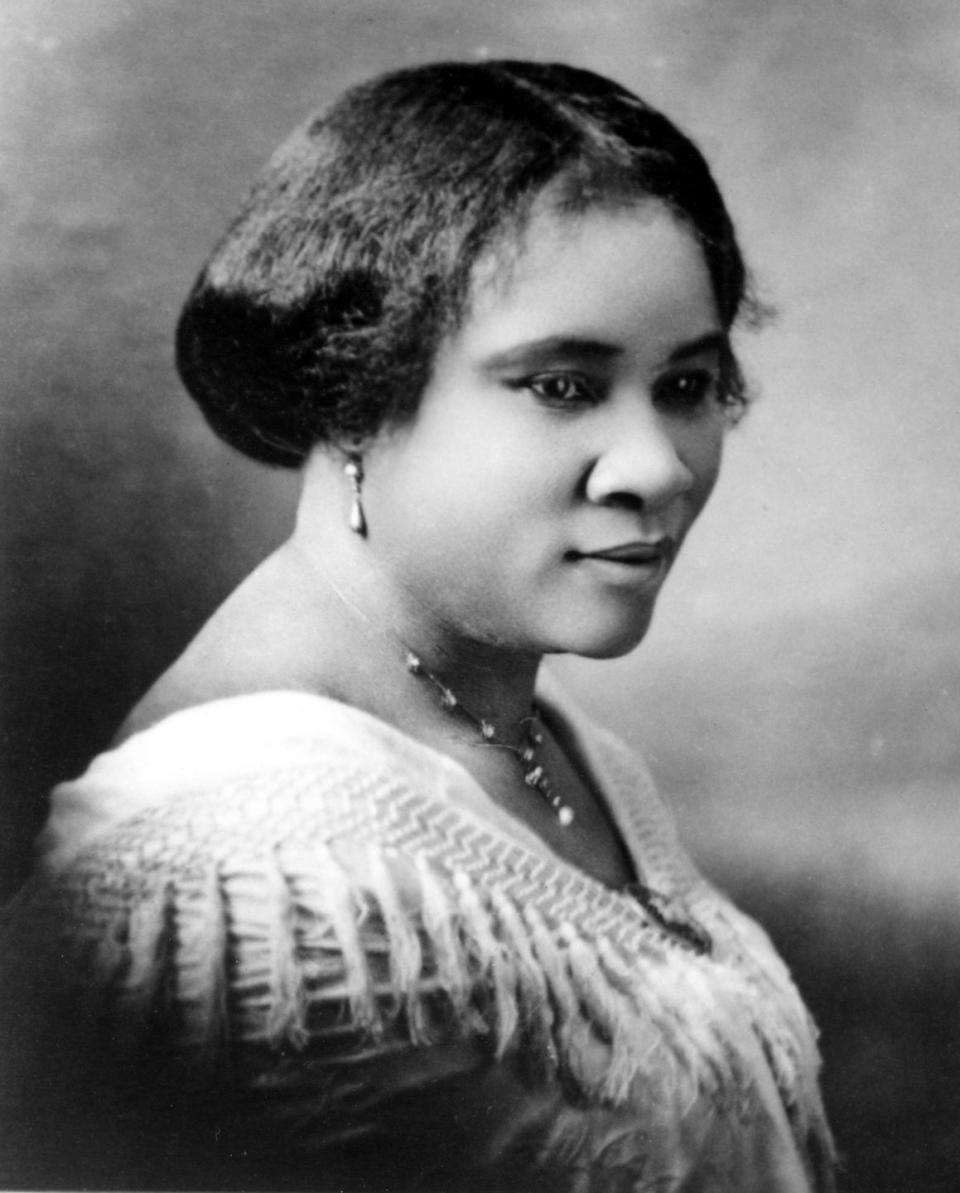
Thomas Edison
Arguably one of the most famous inventors of all time, Thomas Edison is credited with inventing the first commercially viable incandescent lightbulb. But this was just one of his many inventions. He’s also the inventor of the Universal Stock Printer, which was used to synchronize stock tickers’ transactions, the quadruplex telegraph, and the phonograph, among others. During his lifetime, he was granted more than 1,000 U.S. patents for various inventions.

Alexander Graham Bell
Alexander Graham Bell is best known for being the primary inventor of the telephone. He founded Bell Telephone Company in 1877 and then went to work on other inventions, including flying machines. In addition to his inventions, Bell is known for establishing the scientific facilities Volta Laboratory, the American Association to Promote Teaching of Speech to the Deaf, and Science magazine.
Related: How Alexander Graham Bell Helped Helen Keller Defy the Odds
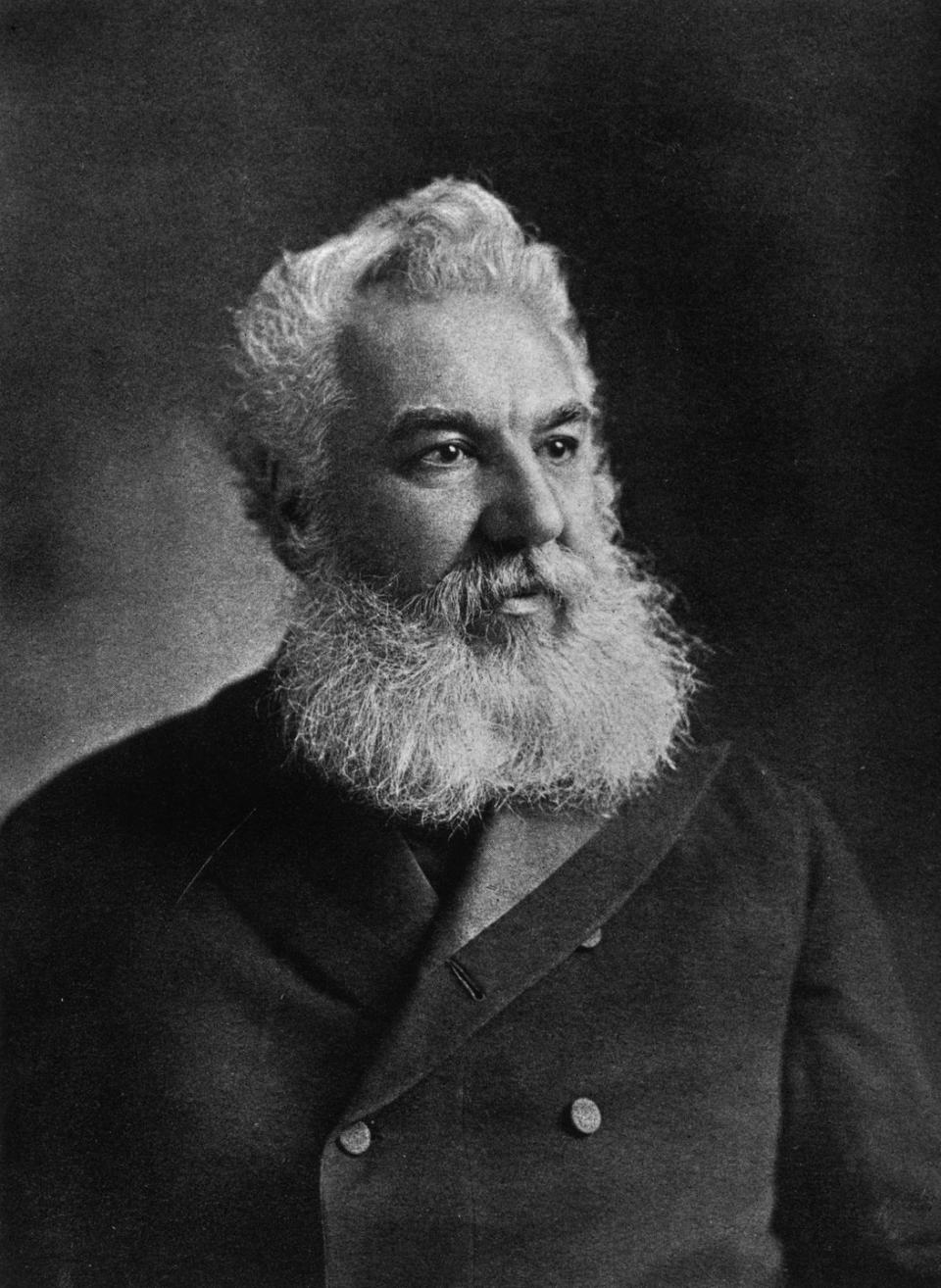
Frederick Jones
Inventor Frederick Jones was a self-taught engineer, best known for his creation of portable refrigeration units. These units were essential during World War II, as they allowed trucks to transport food, blood, and medicine to army hospitals and soldiers on the frontlines. During his lifetime, he received over 60 patents related to refrigeration technologies, engines, sound equipment, and X-ray machines.
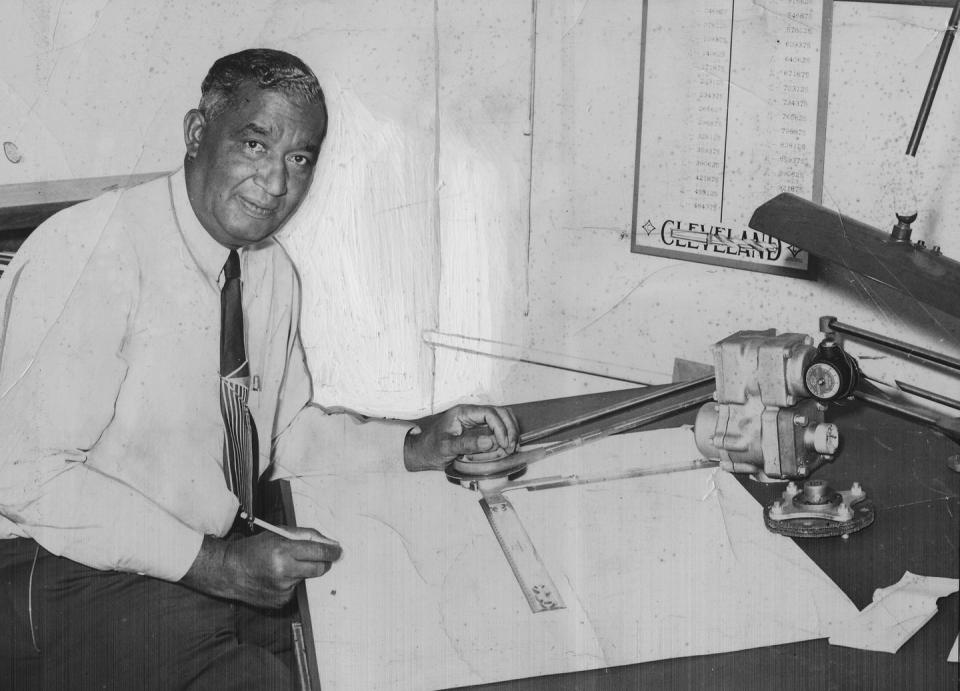
Joy Mangano
If you’ve ever used a Miracle Mop, you have Joy Mangano to thank. The 67-year-old created the innovative cleaning tool in 1990, which she marketed and sold herself. A couple of years after inventing the device, she appeared on QVC to sell it, where more than 18,000 mops were sold within a half hour. In addition to the Miracle Mop, Mangano is the creator of Rolykit, Huggable Hangers, and Forever Fragrant.
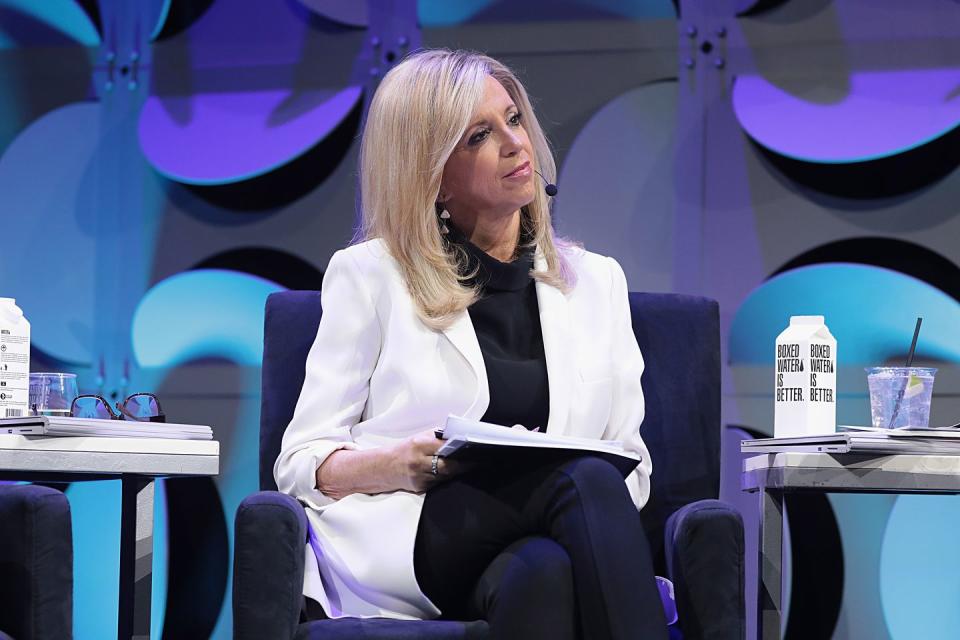
Nikola Tesla
Nikola Tesla is credited for the design of the alternating current electric system that’s still used around the world today. That’s just the beginning: He also invented the first AC hydroelectric power plant and the Tesla coil, an inductor that’s still used in radio technology today. And if you’re wondering if Elon Musk’s company Tesla Motors is named after the famed inventor, the answer is yes.
Related: Why Thomas Edison and Nikola Tesla Clashed During the Battle of the Currents
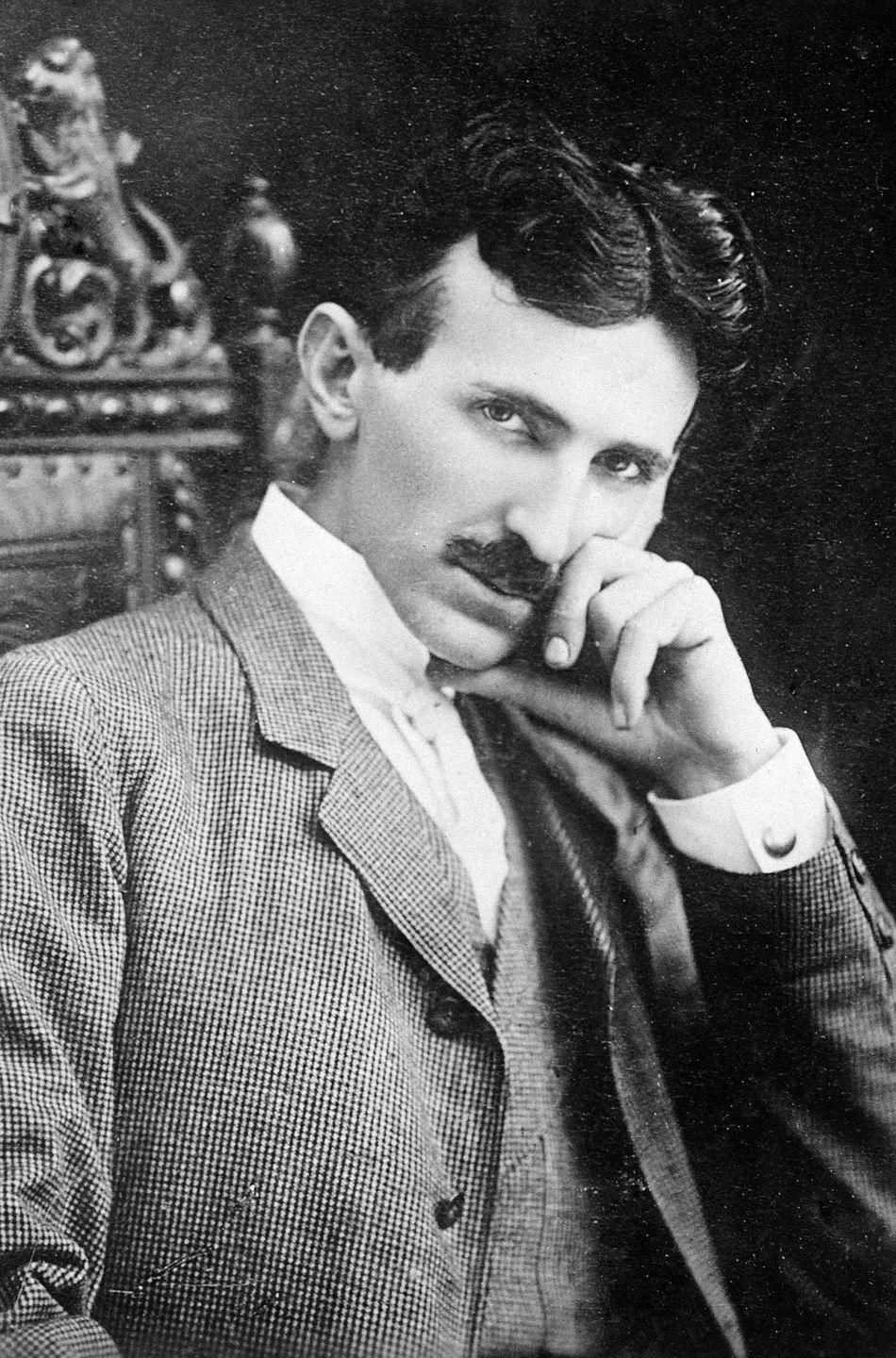
John Deere
John Deere is best known for being an inventor in the agricultural space. When the blacksmith noticed he was often making the same repairs to wood and cast-iron plows used by farmers, he began experimenting with more durable plow designs, which he then sold to local farmers. His steel plows exploded in popularity among many farmers, with Deere’s company (also called John Deere) producing 1,600 plows in 1850. That same year, the company started producing other tools in addition to plows.
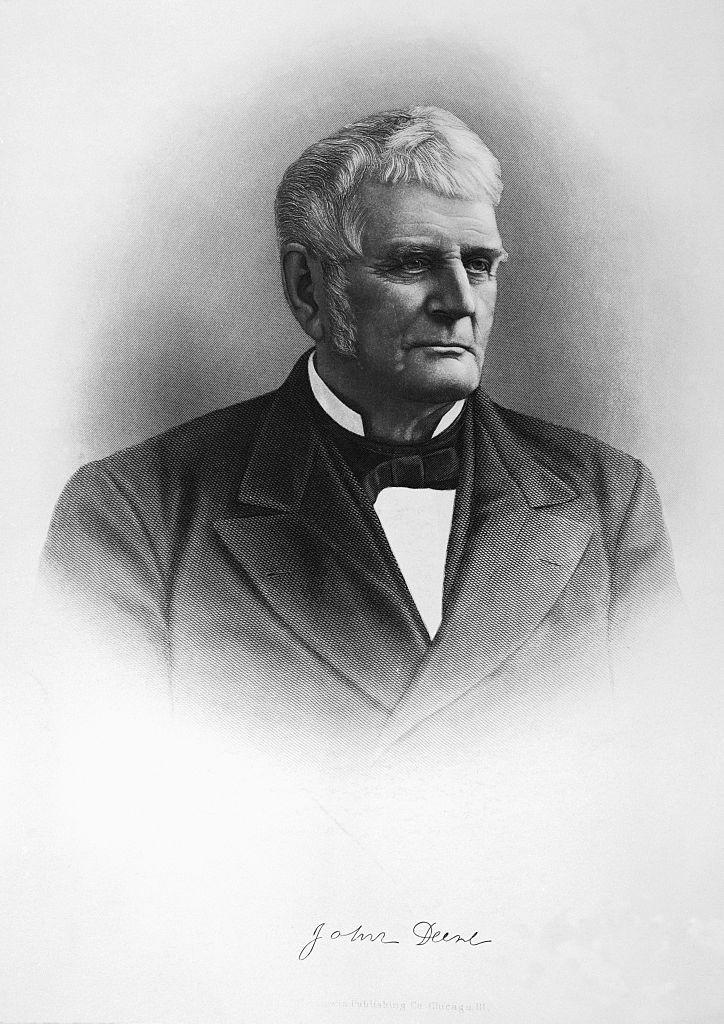
Charles Babbage
If you’re reading this on a computer, you have mathematician and inventor Charles Babbage to thank. Although he didn’t invent the computer as we know it today, his ideas laid the groundwork for modern computers. Because of this, he’s often referred to as “the father of computing.”
Read More about Charles Babbage
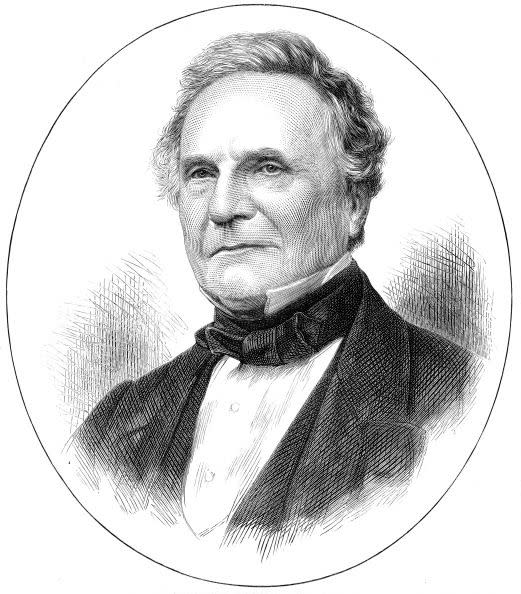
Sarah Boone
Dressmaker and inventor Sarah Boone is credited with the creation of the ironing board. Most dressmakers of the time were ironing their clothes on a wooden plank resting on two chairs, but Boone came up with the idea of creating a narrower, curved board with padding that could slip inside bulky dresses and could collapse for simple storage (in other words, the ironing boards we have today). When she received her patent in 1892, she became one of the first Black women in American history to be awarded one.
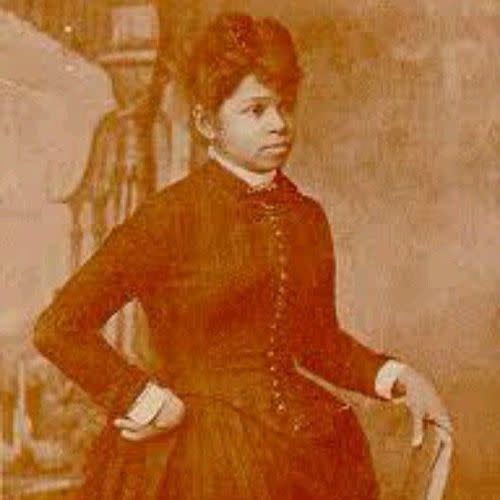
Jan Matzeliger
Jan Matzeliger, who was born in Suriname (known then as Dutch Guiana), came up with a revolutionary shoe-making technology. Historically, the body of a shoe had to be attached to the sole by hand as part of a process called lasting. However, in 1883, Matzeliger invented a lasting machine, which held the shoe in place and mechanically nailed the pieces together. It could produce 700 pairs of shoes per day, more than 10 times the number of shoes a person could complete.
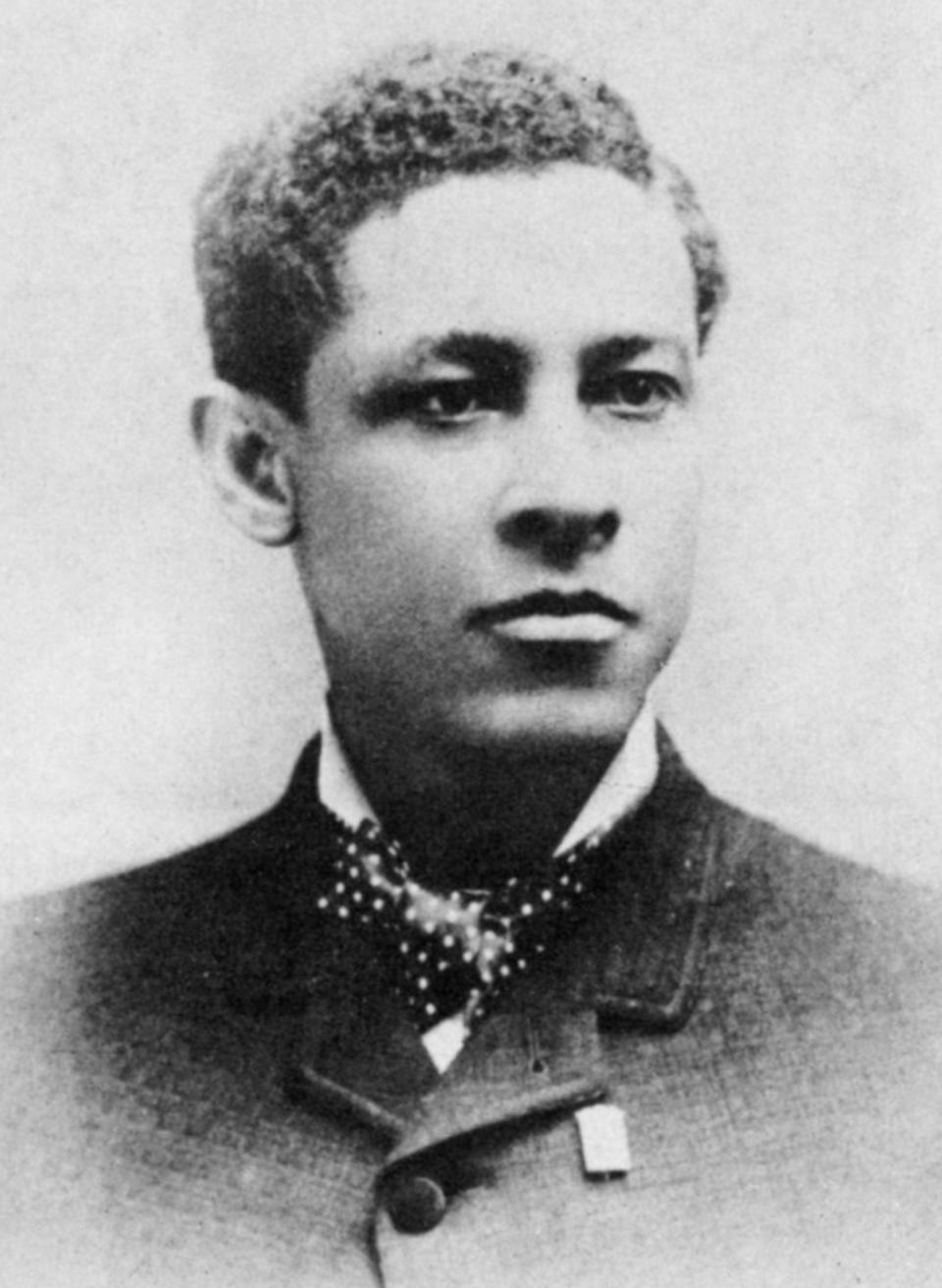
Charles Goodyear
Inventor Charles Goodyear accidentally discovered the process of vulcanizing rubber in 1839. He struggled to patent it before his death in 1860, though the very successful Goodyear Tire & Rubber Company was posthumously named after him when it was founded almost 40 years later.
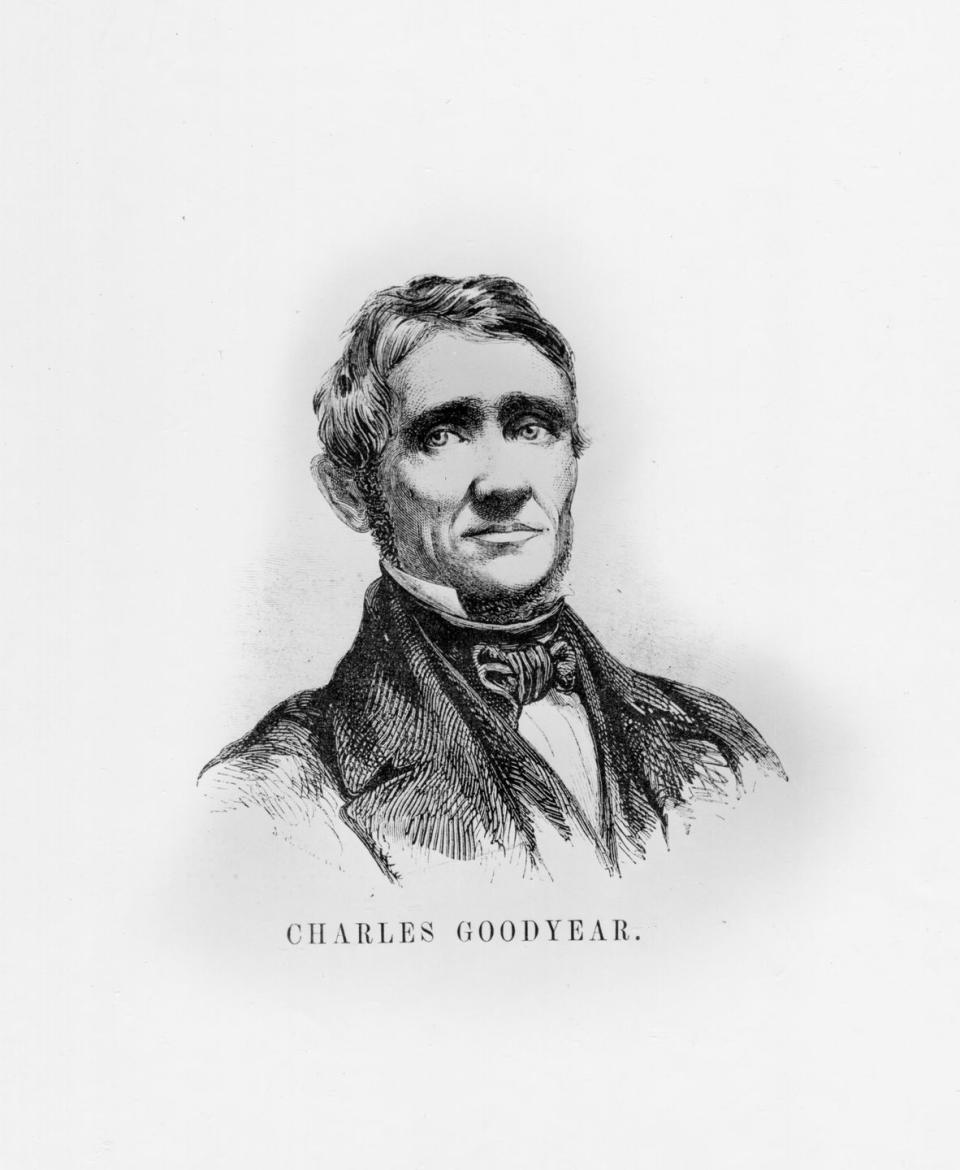
Wilbur Wright
Wilbur Wright, along with his brother Orville, is credited with inventing the world’s first power-driven airplane. In 1903, the brothers succeeded in flying the world’s first free, controlled flight of a power-driven airplane for 59 seconds over a distance of more than 800 feet. In 1908, Wilbur traveled to Europe in hopes of selling their invention. While both brothers are credited with the invention of the airplane, Wilbur was the one who eventually served as president of the Wright Company until his death in 1912.
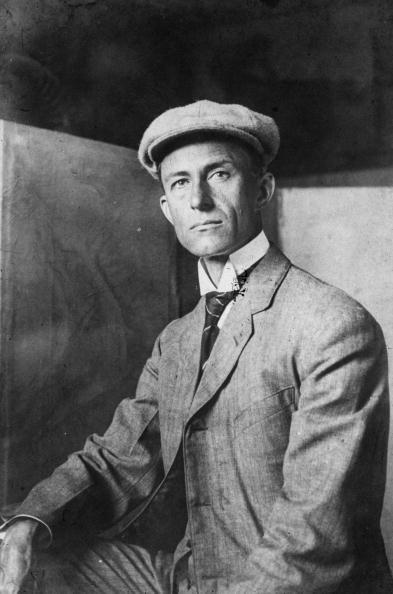
Orville Wright
Along with his brother Wilbur, Orville Wright is considered one of the fathers of modern aviation. After his brother’s death in 1912, Orville took over the presidency of the Wright Company but found he didn’t enjoy the business side of the work and sold the company in 1915.
Read More about Orville Wright
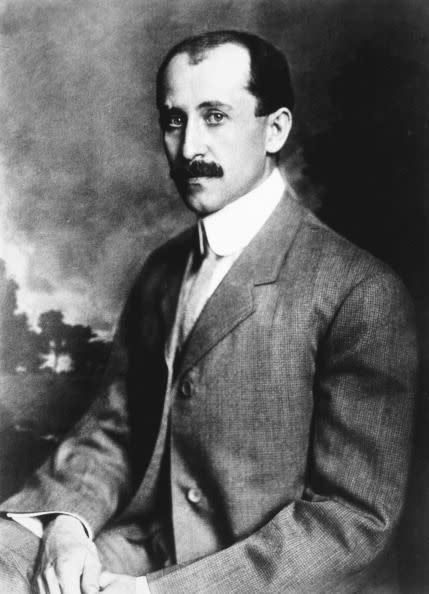
Philo T. Farnsworth
Philo T. Farnsworth created of the first electronic television. Although much of his career was spent in legal battles regarding his invention, he eventually accepted a deal from RCA, allowing them to market and sell the first electronic televisions for home consumers. In addition to the television, he worked on technologies including radar, infrared telescopes, and nuclear fusion.
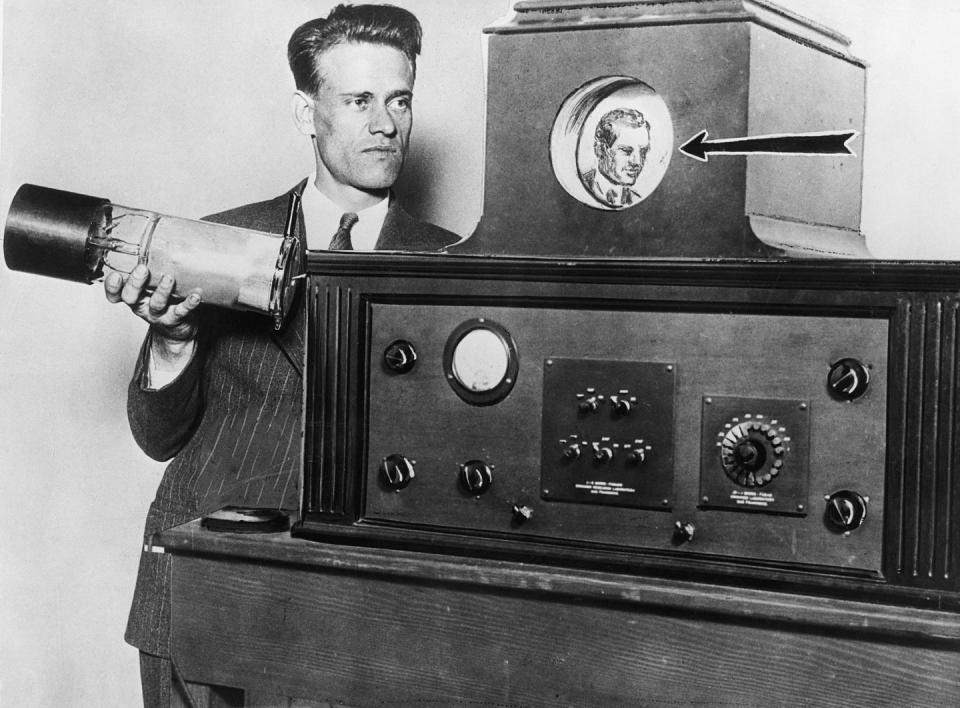
Steve Jobs
Along with Steve Wozniak, Steve Jobs was an inventor behind Apple Computers. As the now-famous story goes, Jobs and Wozniak started Apple Computers in Jobs’ family’s garage in 1976, and the work they did there made computers more accessible and more affordable for consumers. Jobs left Apple in 1985, but he returned in 1997 and revitalized the company, leading to the creation of products like the iPod and iPhone.
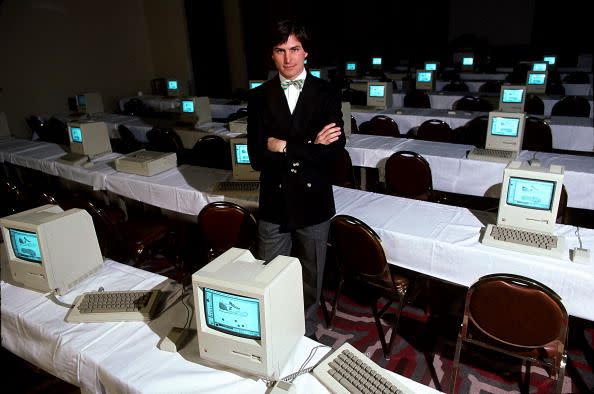
Steve Wozniak
Along with Steve Jobs, Steve Wozniak is one of the founders of Apple Computers and an inventor of the Apple I computer. Wozniak also personally invented the next model, the Apple II computer, which was a major step towards Apple’s domination in the personal computer market. Although he left Apple in 1985, he continued working on technologies related to the universal remote control and wireless GPS technology.
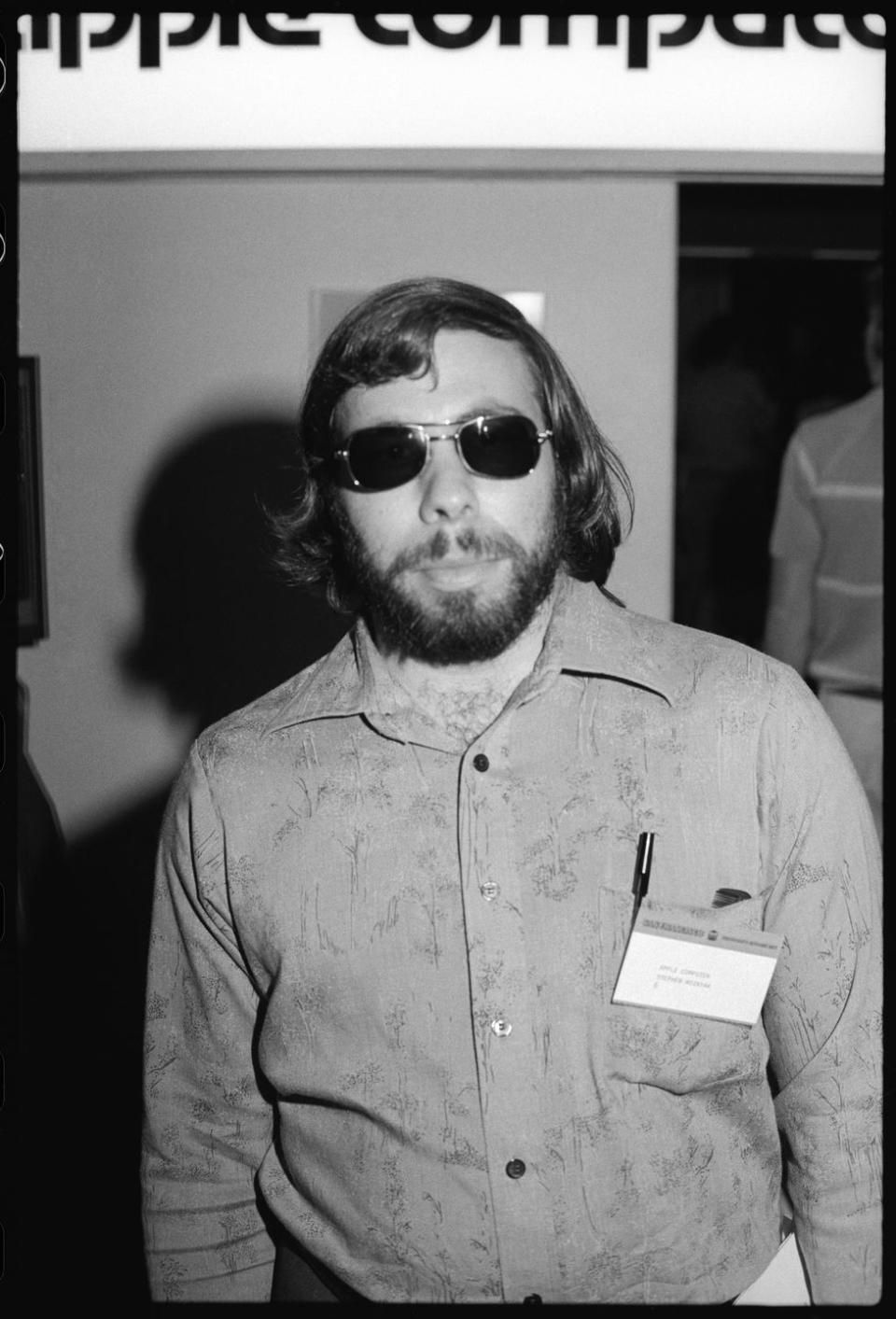
Lonnie Johnson
If you’ve ever enjoyed an epic Super Soaker fight in the backyard, it’s all thanks to Lonnie Johnson. He worked for the U.S. Air Force and NASA before accidentally creating the water toy we now know and love. He set out to create an environmentally friendly heat pump that relied on water instead of Freon, but when he went to test it in his bathroom, he shot a powerful stream of water from the device, realized he could market this invention as a toy, and sold it to the Larami Corporation in 1989.
Read More about Lonnie Johnson
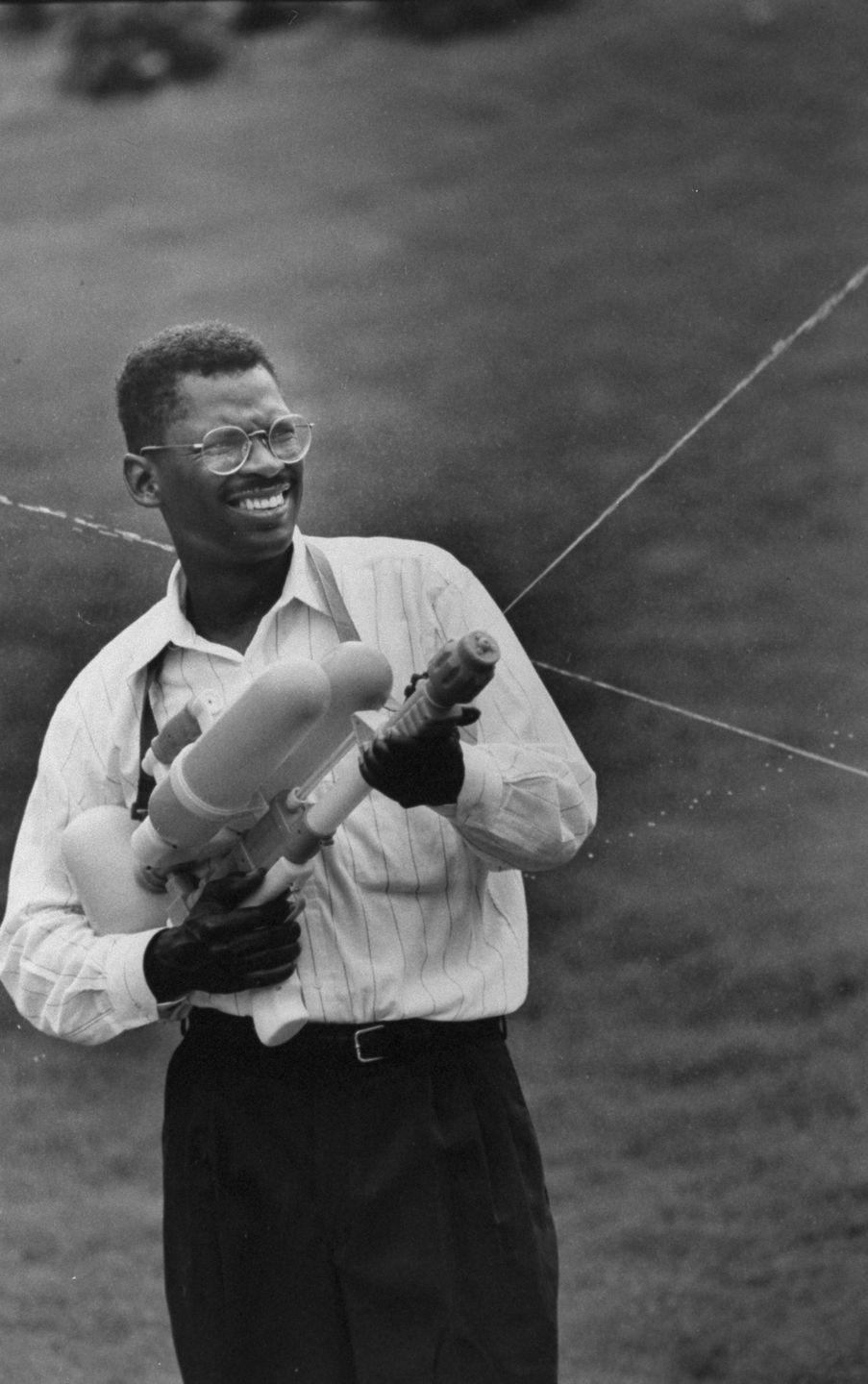
Eli Whitney
Eli Whitney invented the cotton gin, a device that could take green-seed cotton and quickly extract the fibers using a system of hooks, wires, and a rotating brush. The device was so popular that farmers began building their own versions of it despite Whitney’s patent. He spent years in legal battles and ultimately made very little profit, despite the revolutionary nature of his invention. He went on to champion interchangeable parts for weapons, though there is some debate on whether he was truly the first person to pioneer the technology.
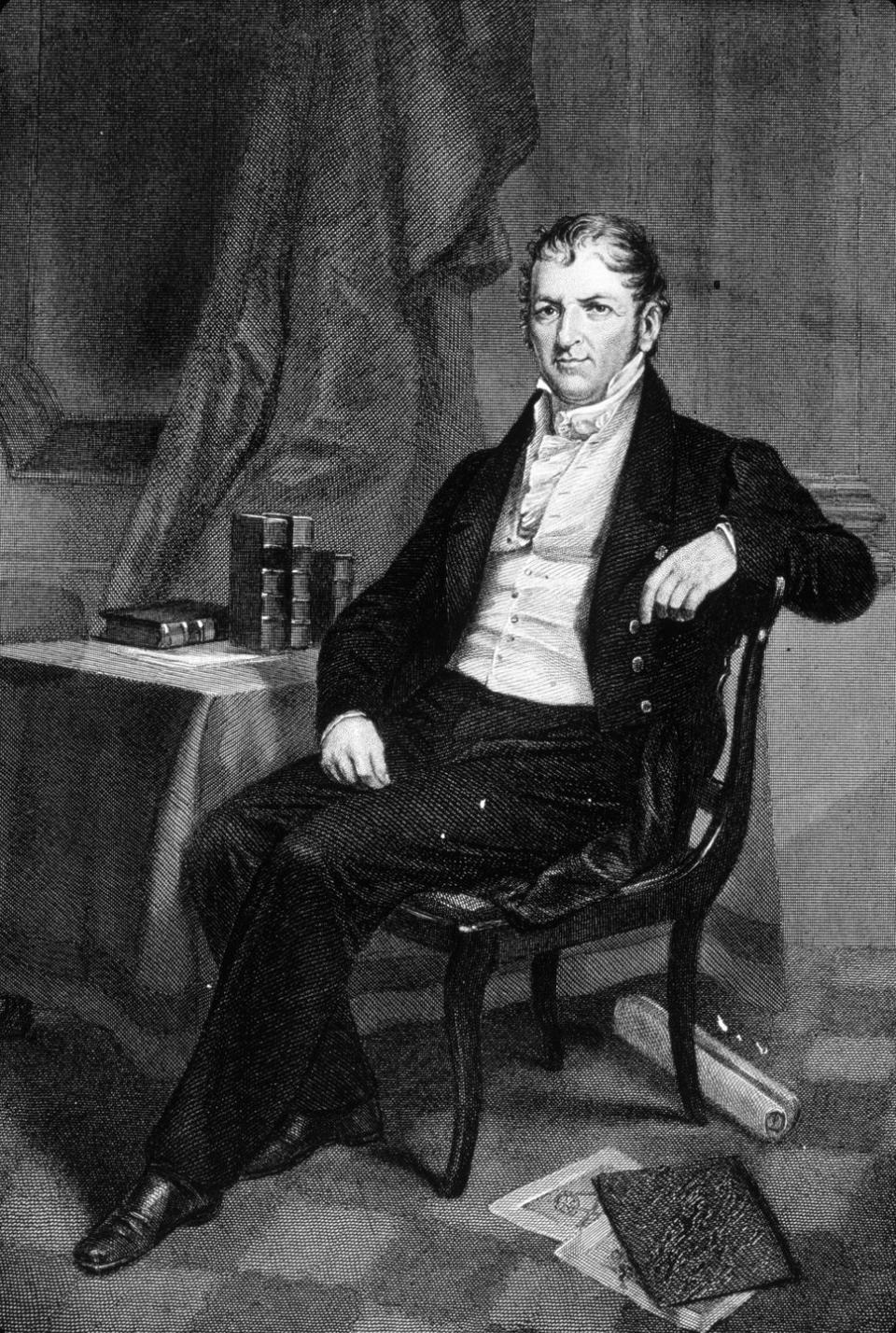
Elijah McCoy
Elijah McCoy was a mechanical engineer and inventor. He’s credited with inventing a lubrication device that distributes oil over an engine’s moving parts. This was revolutionary for train travel, because it allowed them to run for long periods of time without stopping for maintenance.
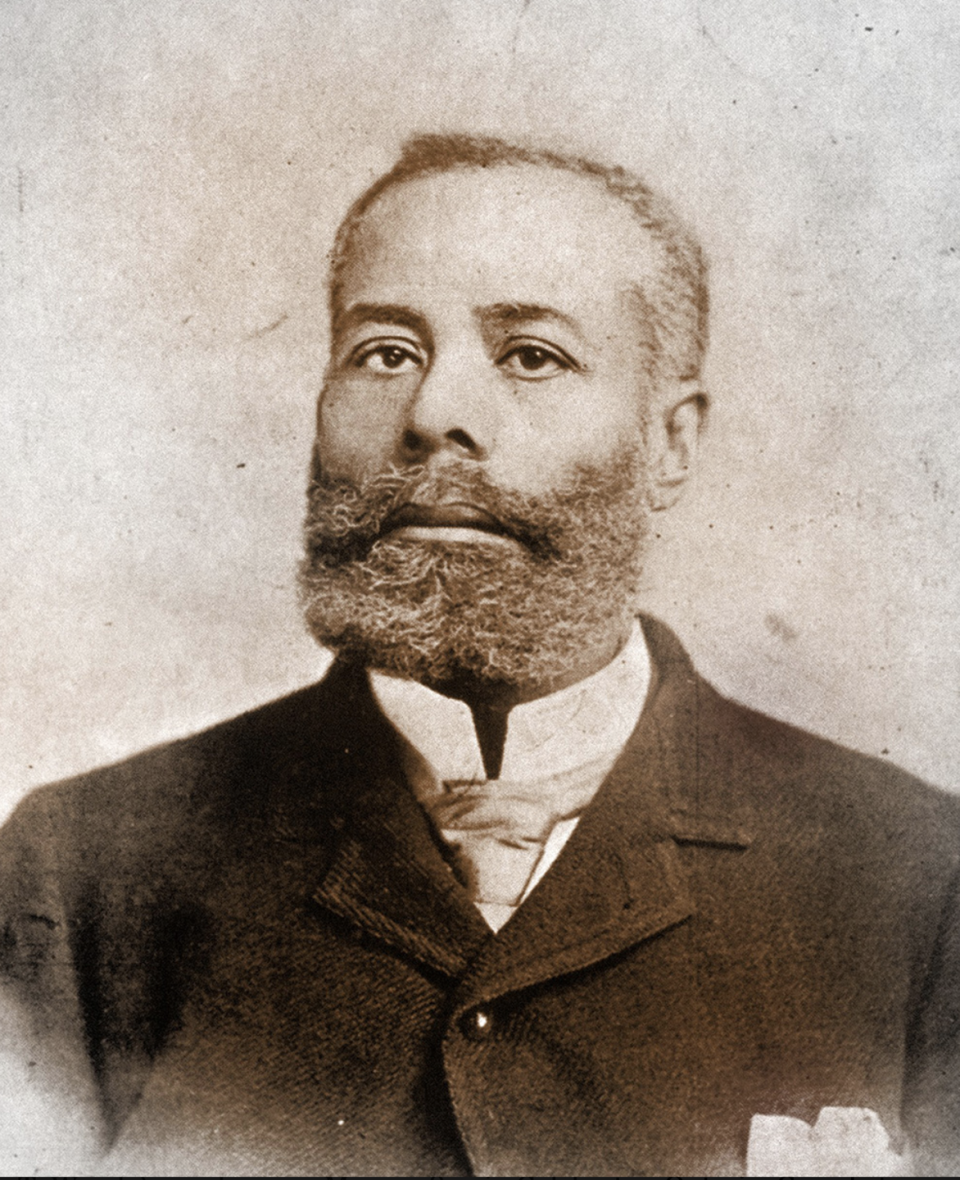
Samuel F.B. Morse
The inventor of the telegraph, Samuel Morse also created the communication method known as Morse code. He worked with inventor Alfred Vail, and in 1842, the pair demonstrated the usefulness of their invention at the U.S. Capitol. A telegraph line between Washington D.C. and Baltimore was constructed, and Morse sent out the first message: “What hath God wrought!”
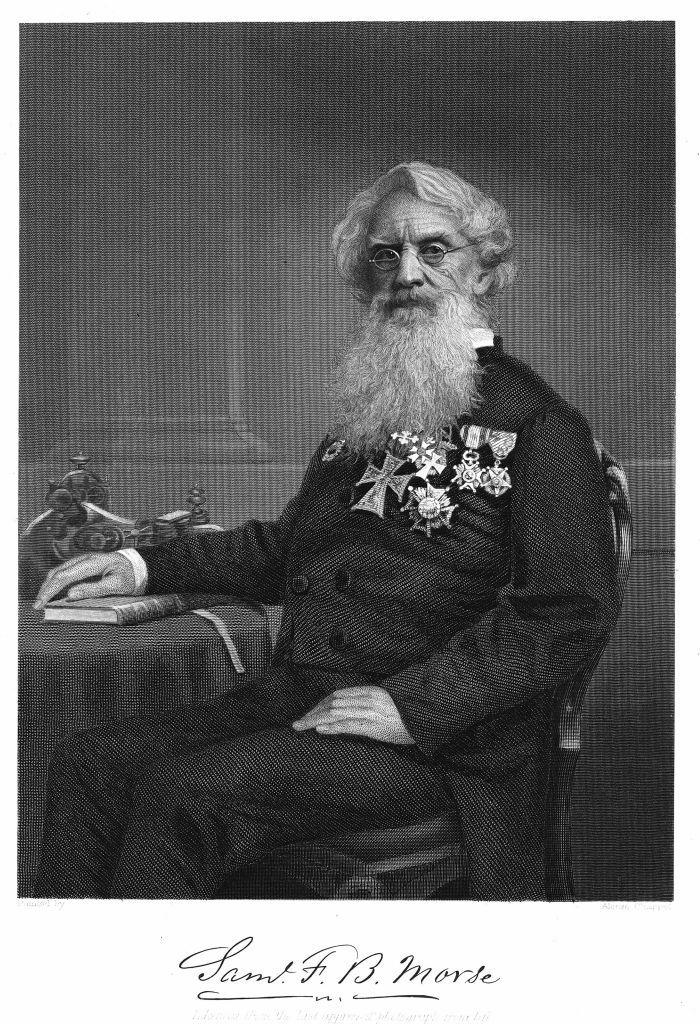
Garrett Morgan
Garrett Morgan was the creator of multiple inventions, from a hair-straightening formula to the early versions of the traffic light we know today. He also pioneered a breathing device that later became the prototype for gas masks used during World War I. This device was popular among firefighters and rescue workers, though racism caused Morgan to hire a white actor to pose as the “inventor” in order to boost sales. Finally, Morgan invented a more efficient sewing machine, drawing on his experience as a sewing machine mechanic.
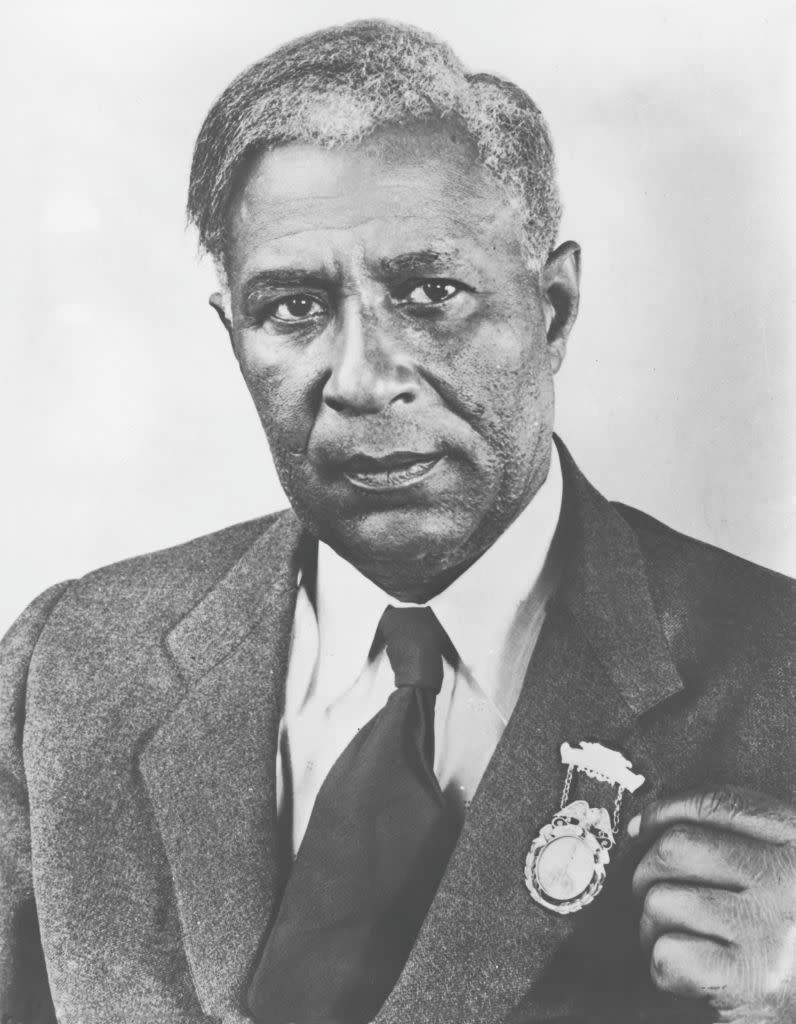
Samuel Colt
Inventor Samuel Colt is famous for the design of the revolving chamber pistol, which became essential for U.S. forces during the Mexican-American War. Colt pistols were also a popular weapon for soldiers fighting in the American Civil War, while a different model of the revolver was used during World War I and World War II. Colt also pioneered the first remote-controlled Naval mine explosive and invented waterproof cables.
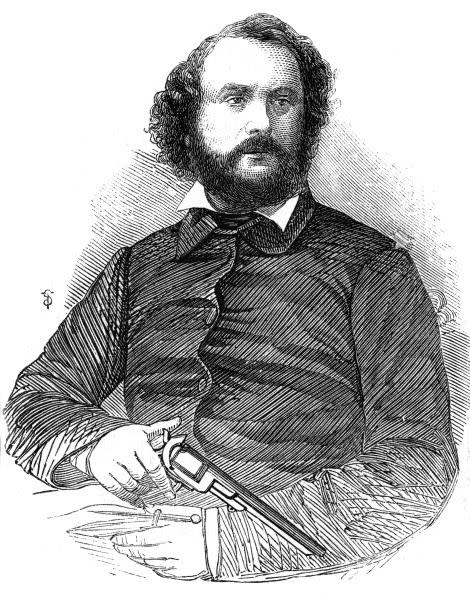
George Carruthers
George Carruthers invented the ultraviolet camera (also called a spectrograph) and image converter that provided proof that molecular hydrogen existed in interstellar space. His invention was used during the first lunar walk of the Apollo 16 mission, and he later invented another camera that was used in the Space Shuttle Mission. In 2013, he received a National Medal of Technology and Innovation from President Barack Obama.
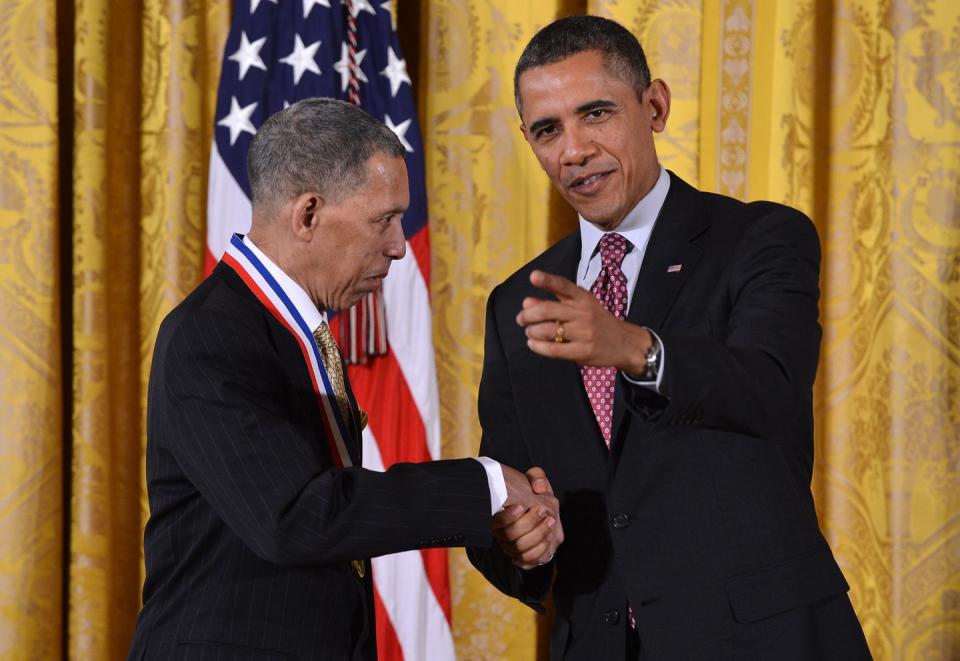
Otis Boykin
Inventor Otis Boykin is famous for creating a wire precision resistor that would later be used in radios and televisions. Additionally, he is well-known for inventing a control unit for the pacemaker. During his lifetime, he was awarded 26 patents.
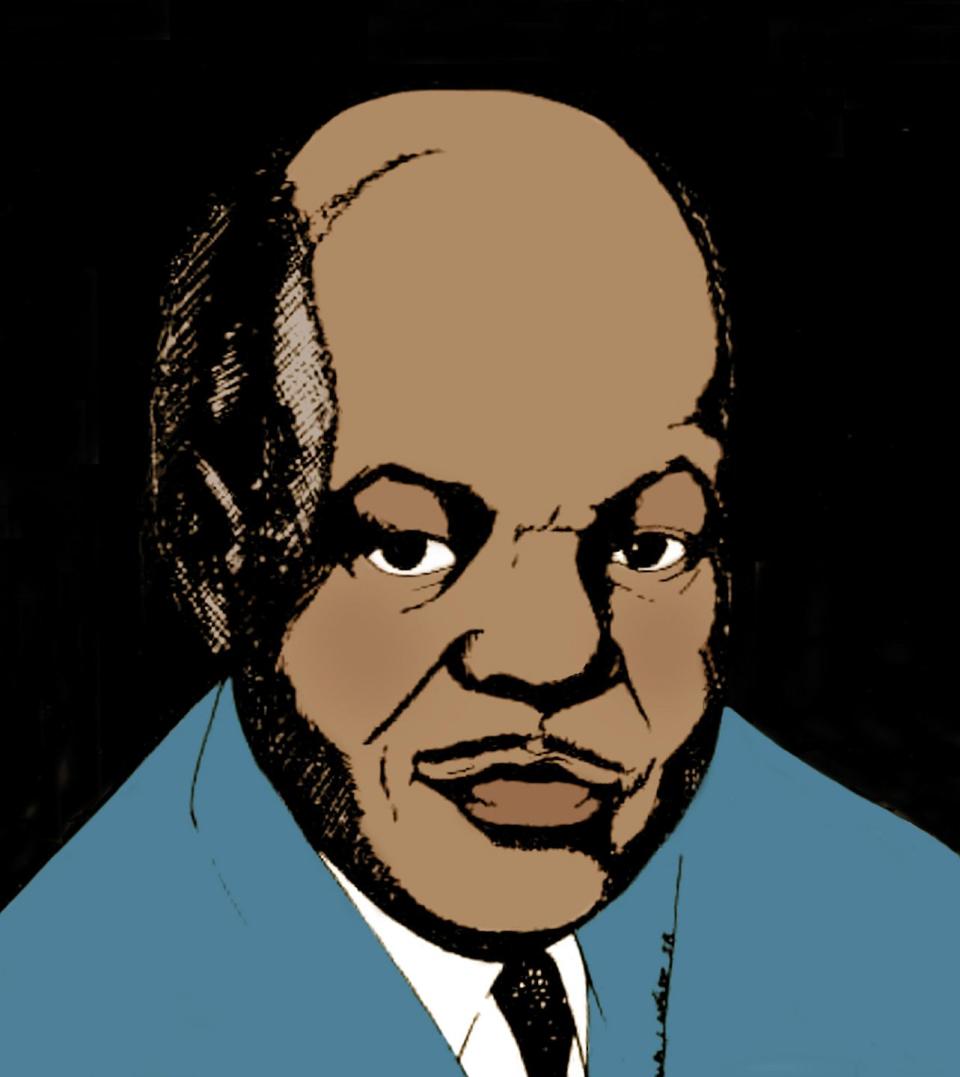
George Eastman
Photography was forever changed by George Eastman, who invented the Kodak camera. His goal was to make photography more accessible to the public, and it’s fair to say he succeeded. He created a gelatin-based paper film and a device for coating dry plates. Later, he patented a roll-holder device that made cameras smaller and cheaper. He also worked with a chemist to create a new type of flexible film that could be inserted into cameras, and in 1900, he launched the Brownie camera, which became especially popular with servicemen.
Read More about George Eastman
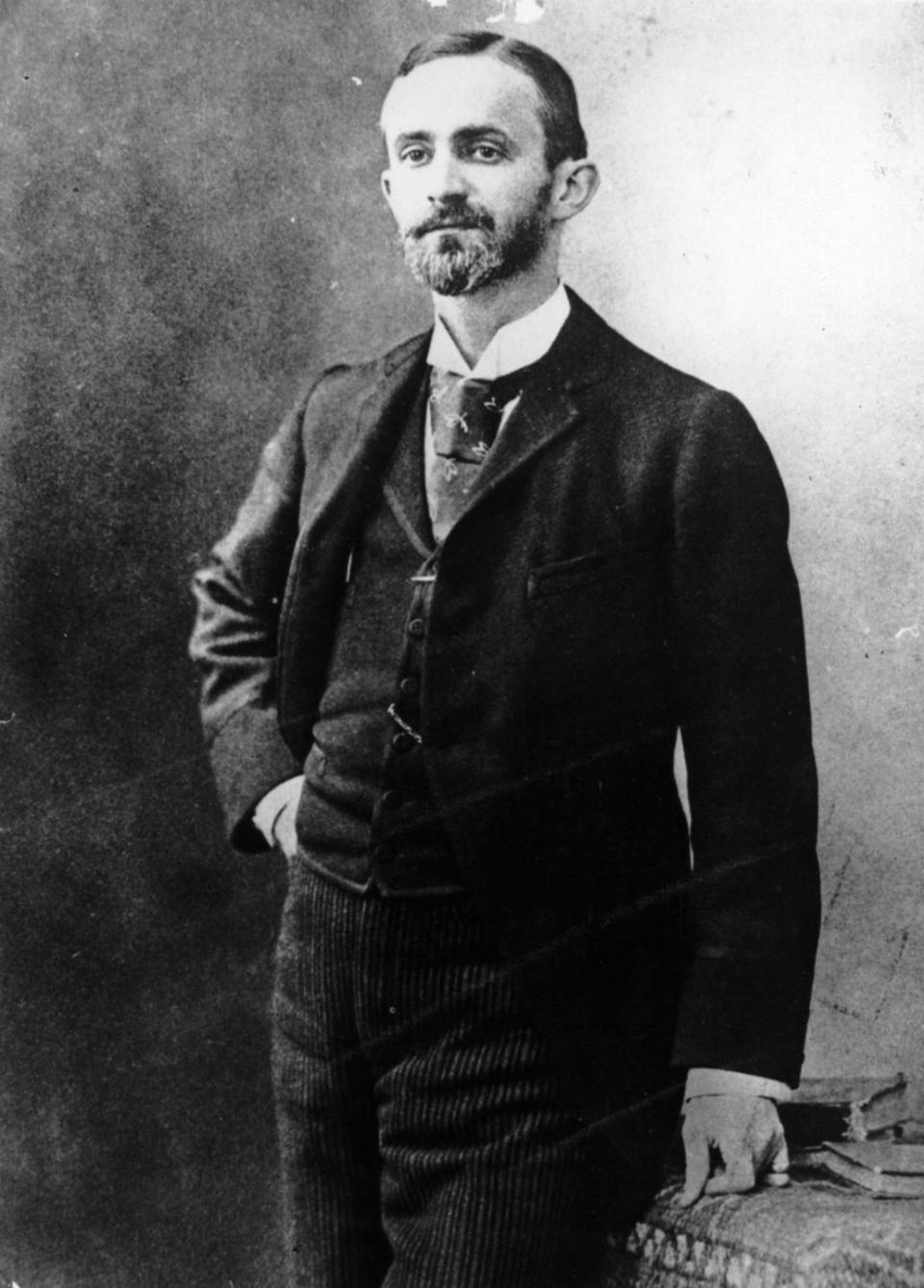
Mark Dean
Mark Dean, 67, is a scientist who developed several technologies we use today. He invented the first gigahertz chip and the Industry Standard Architecture systems bus, which allows external devices— like printers and monitors—to be plugged into computers. He also developed the color PC monitor during his time at IBM. In other words, the computer you’re using right now probably exists at least in part because of Mark Dean’s inventions.
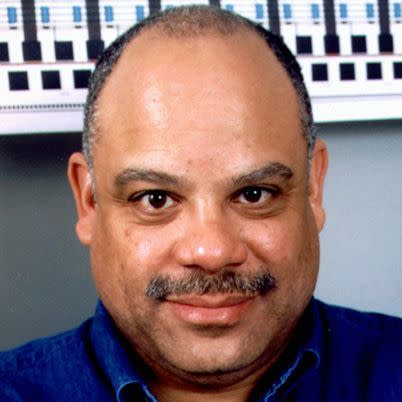
Granville T. Woods
Granville T. Woods’ work was instrumental in the development of the telephone and electric transit systems. He invented a telephone transmitter—which was later purchased by fellow inventor Alexander Graham Bell—and the induction telegraph, which allowed people to communicate by voice over telegraph wires. He also invented a power pick-up device, which is the basis for the “third rail” used by electric-powered transit systems, along with an improved air-brake system.
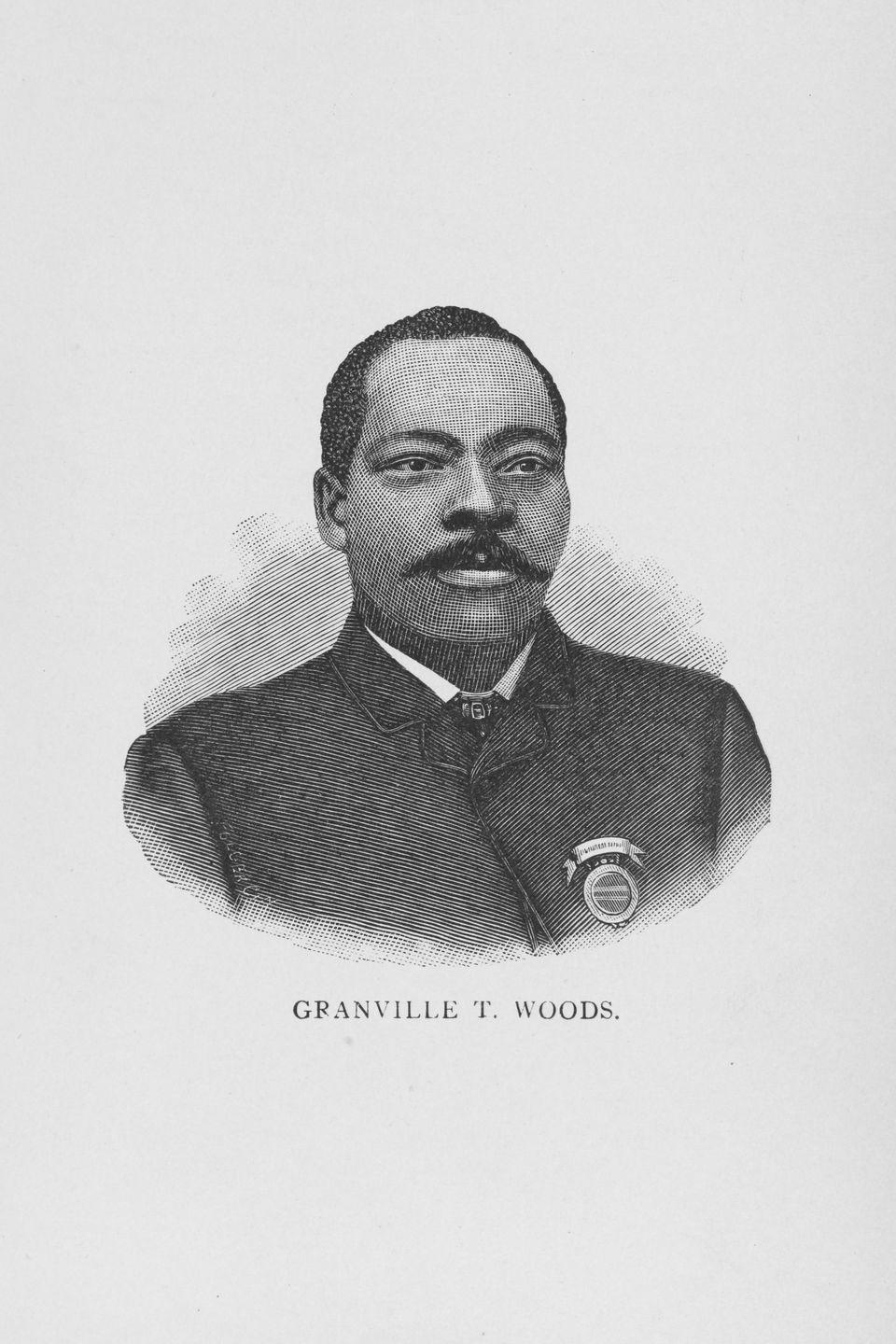
Louis Braille
Inventor Louis Braille revolutionized communication when he created the raised-dot codes we know as Braille. He was blinded in an accident when he was 3 years old and went on to attend the National Institute for Blind Youth in Paris when he was 10. He met Charles Barbier, who had invented a code of raised dots during his time in the French Army in hopes that it could be used by soldiers to communicate silently at night. It never succeeded as a military tool, but Braille was able to use the basis of Barbier’s idea to develop a much simpler system of raised dots that’s now used worldwide.
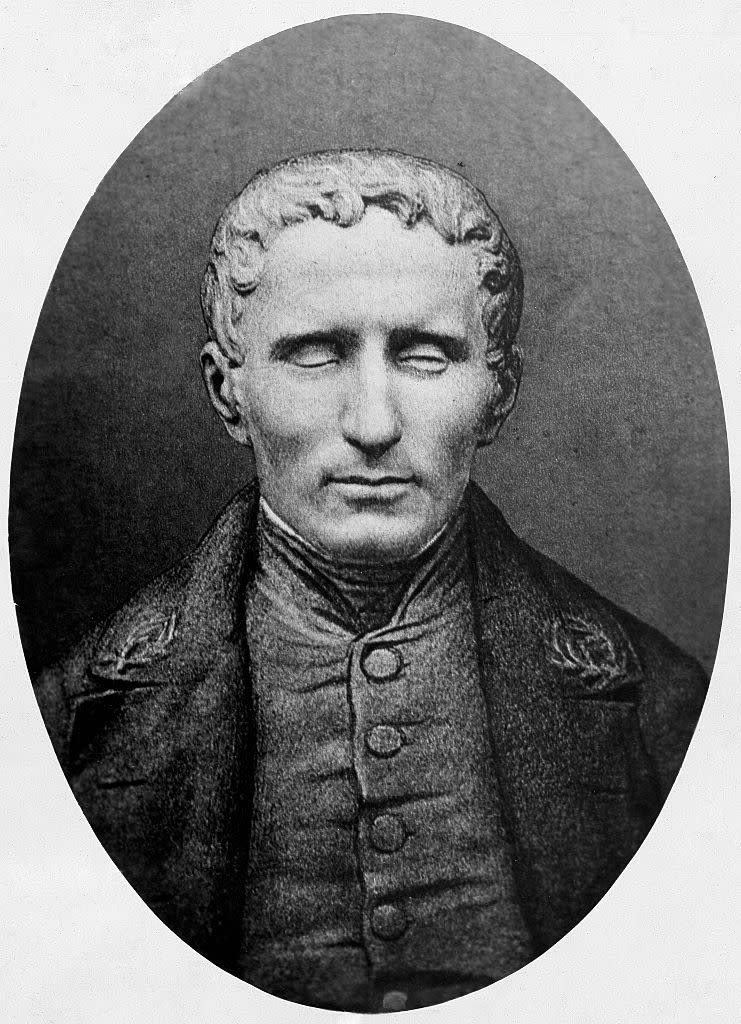
Guglielmo Marconi
Communication technology wouldn’t be what it is today without the work of Guglielmo Marconi. He was a physicist who invented the first effective systems of radio communication. In 1901, he sent and received the first wireless message across the Atlantic Ocean, which disproved a widespread belief that the Earth’s curvature would pose an issue in transmitting messages. In 1909, he was awarded the Nobel Prize in Physics alongside Karl Braun and went on to help establish the British Broadcasting Company in 1922.
Read More about Guglielmo Marconi
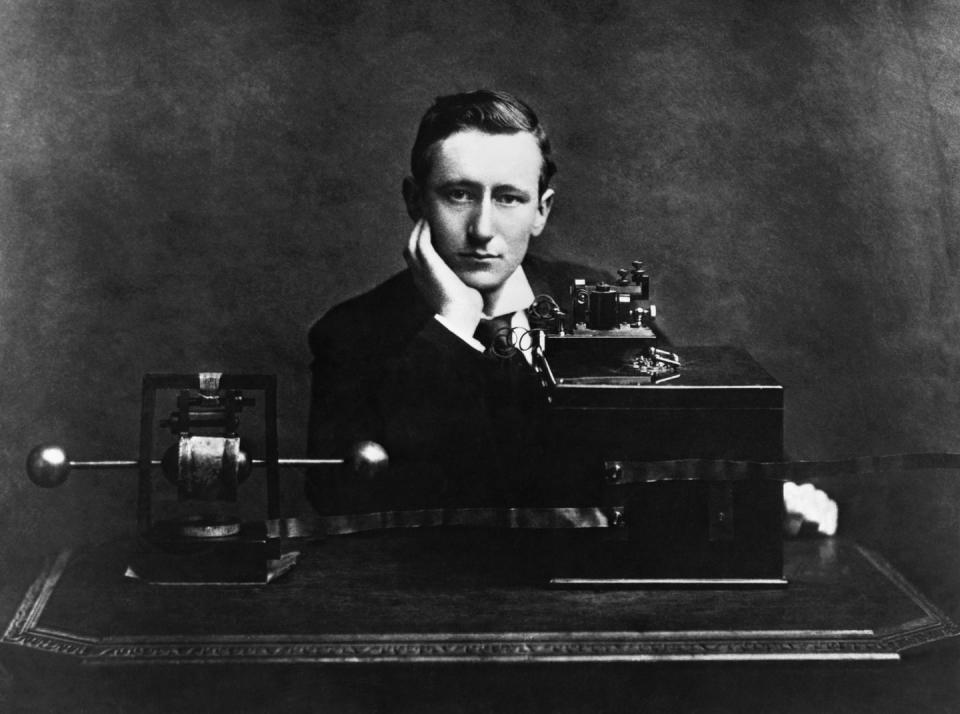
Lewis Howard Latimer
Inventor Lewis Howard Latimer was instrumental in the process of bringing two major inventions to life: the telephone and the light bulb. He worked with Alexander Graham Bell to draft the patent for Bell’s design of the telephone, and later, he worked with Thomas Edison to develop and defend the idea for the light bulb. When he wasn’t working on his scientific pursuits, he taught mechanical drawing and English to recent immigrants in New York City.
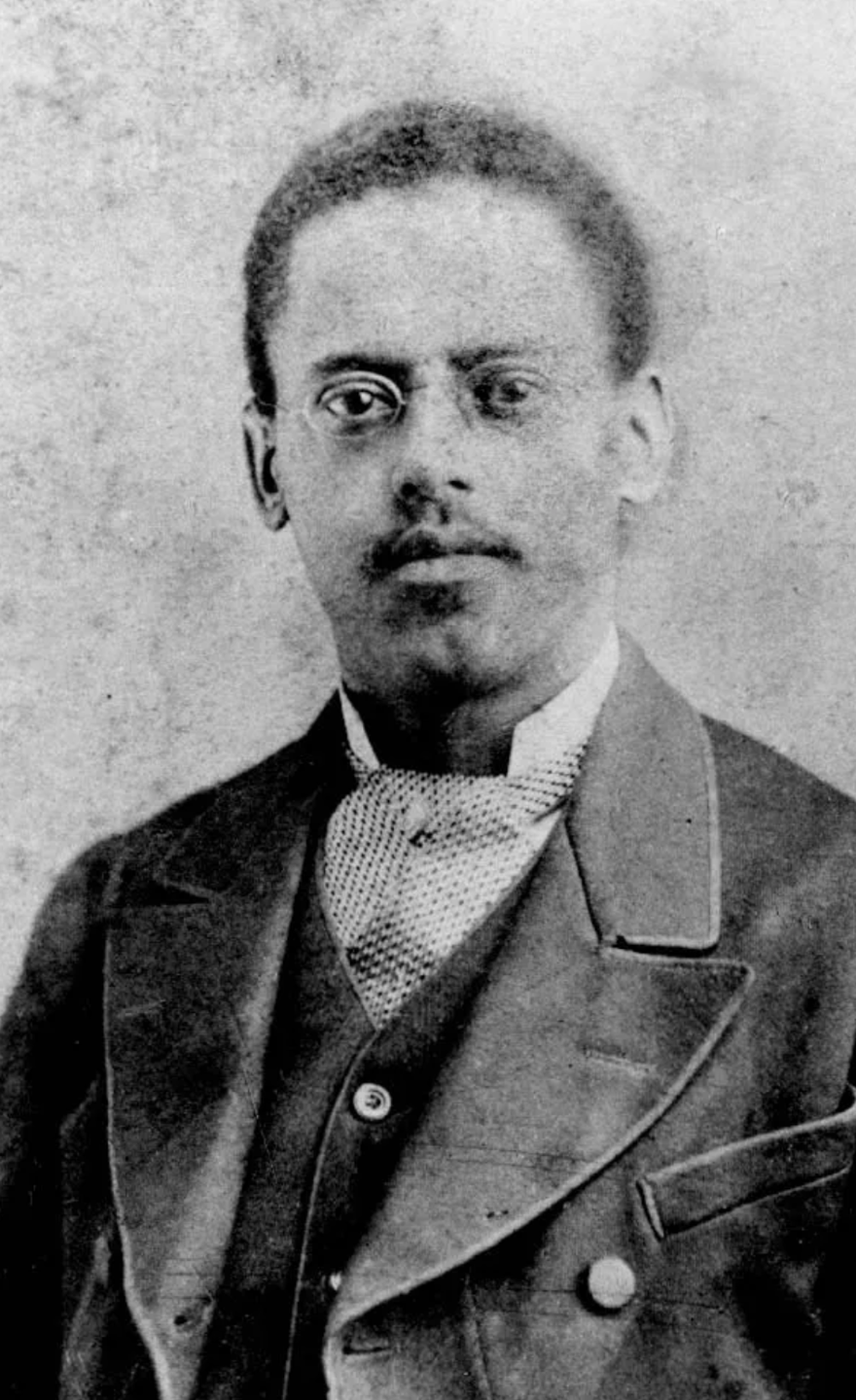
Isaac Singer
Isaac Singer changed the sewing industry in 1850 when he invented a sewing machine with a presser foot that could do 900 stitches per minute. Unlike prior machines, Singer’s gadget was able to sew continuously on any part of an object and could do so in curves, rather than straight rows. In 1857, he teamed up with Edward Clark, and together they launched what would become a very successful business: I.M. Singer & Company.
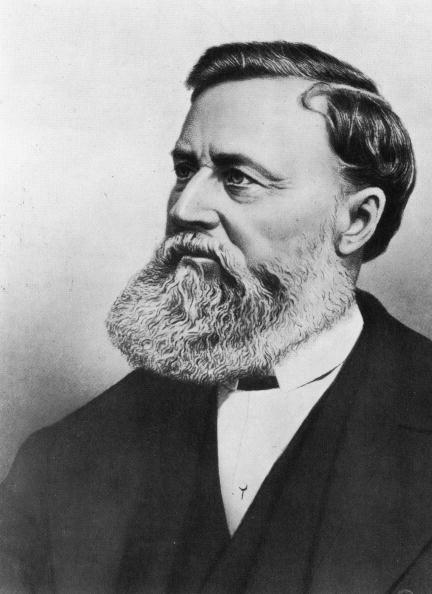
Karl Benz
If you’ve driven a car today, you have Karl Benz to thank. He was the first person to build a car with a fully integrated internal combustion engine. He was granted a patent in 1886, and a model of his first car was sold in 1888. Although his invention was met with skepticism at the time, his ideas meaningfully formed the basis for later versions of cars and trucks.
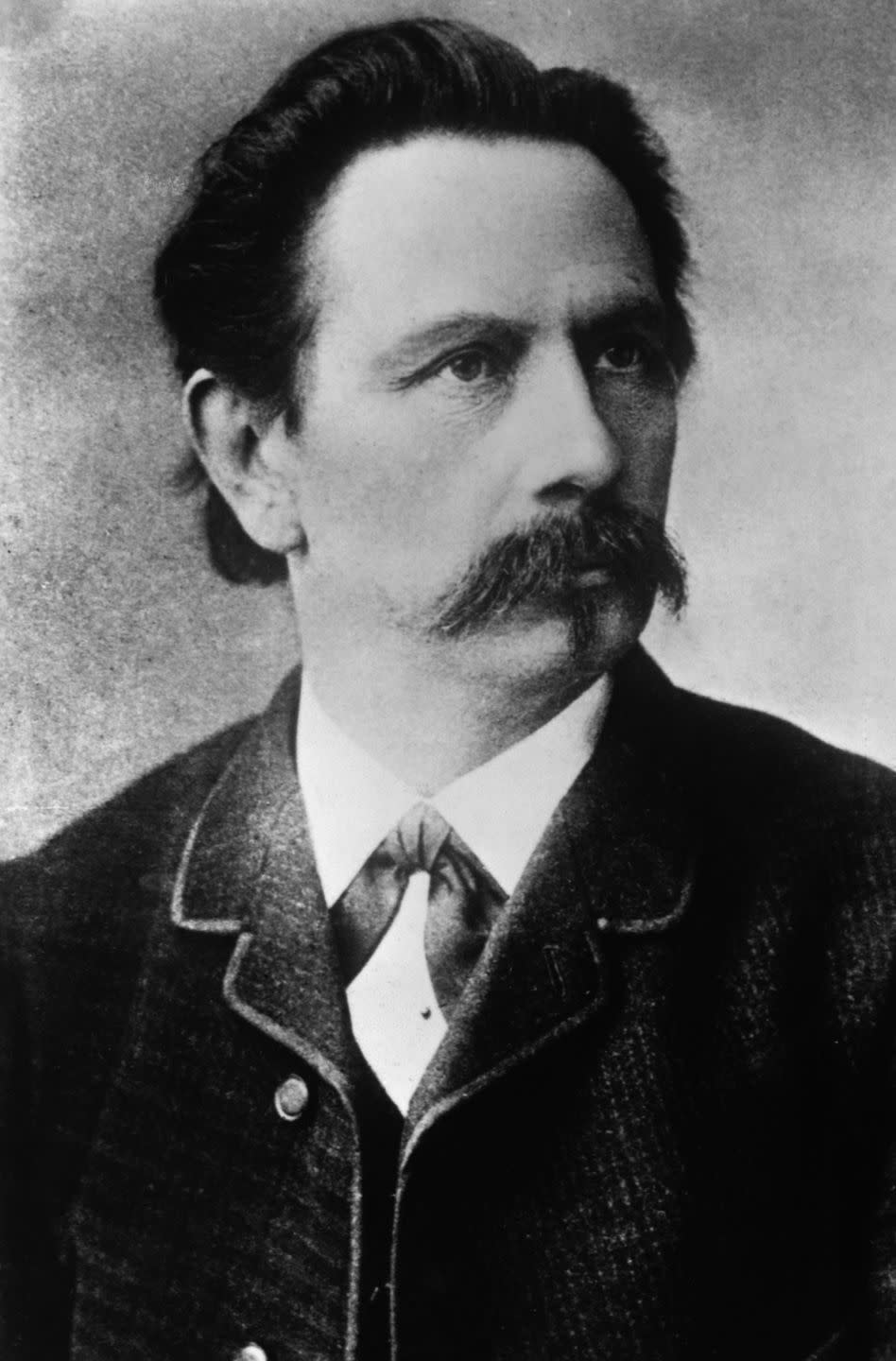
James West
Inventor James West is credited with creating a device that is now used in 90 percent of all microphones. Along with fellow scientist Gerhard M. Sessler, West developed the electret microphone in 1962. Six years later, it was in mass production. And it’s not just used in microphones like the ones you see at concerts—it’s also an important part of many hearing aids, telephones, camcorders, and baby monitors. During his career, the 92-year-old has developed more than 250 patents and supported initiatives to bring more women and people of color into STEM fields.
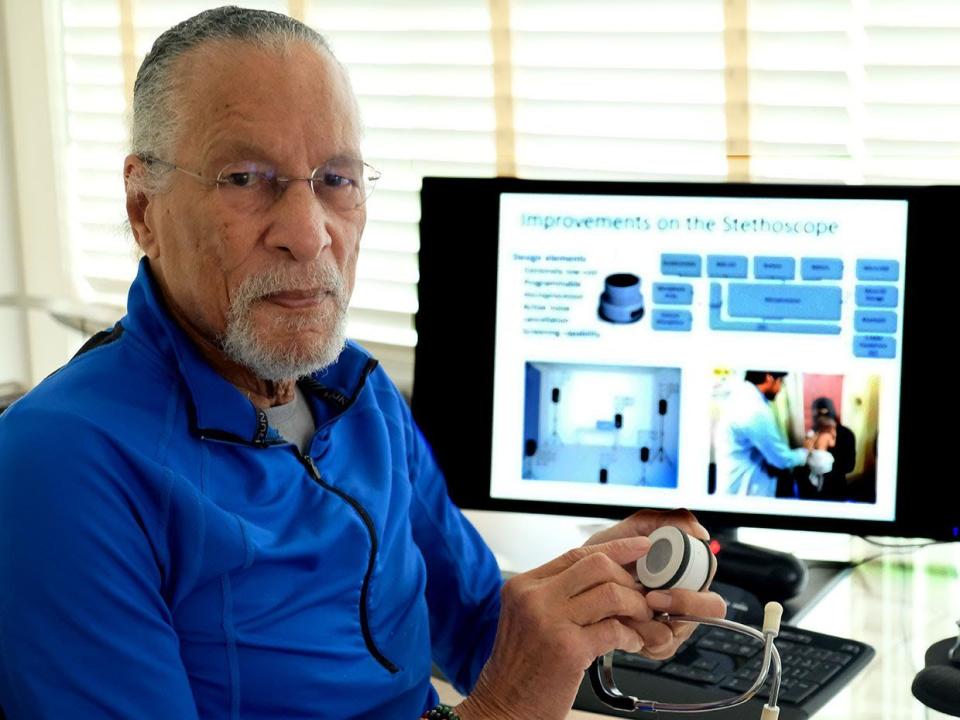
John Logie Baird
Philo T. Farnsworth is famous for his work on the electric television, but John Logie Baird’s work on the mechanical television came first. In the early 1920s, Baird started experimenting with the idea of transmitting moving images along with sound. By 1927, he’d transmitted sound and images over more than 400 miles of telephone wire, and the following year, he sent the first television transmission across the ocean. This early form of TV was used by the BBC for a few years before they switched to electronic television technology
Read More about John Logie Baird

Jerry Lawson
Video game enthusiasts owe a lot to Jerry Lawson, who invented the first home video game system with interchangeable games. The Fairchild Channel F was invented in 1976 by Lawson, who worked at Fairchild Semiconductor. Without Lawson’s work, we might not have systems like Xbox, Nintendo, or PlayStation.

John Jacob Astor IV
John Jacob Astor IV might be more well-known for building notable hotels, including the Waldorf-Astoria and the St. Regis, but he was also an inventor. As a hobbyist, he designed a bicycle brake and an improved turbine engine. Sadly, he died at the age of 48 in the sinking of the RMS Titanic. His wife, who was pregnant at the time and survived the tragedy, named their son John Jacob.
Related: 12 Famous Passengers on the Titanic
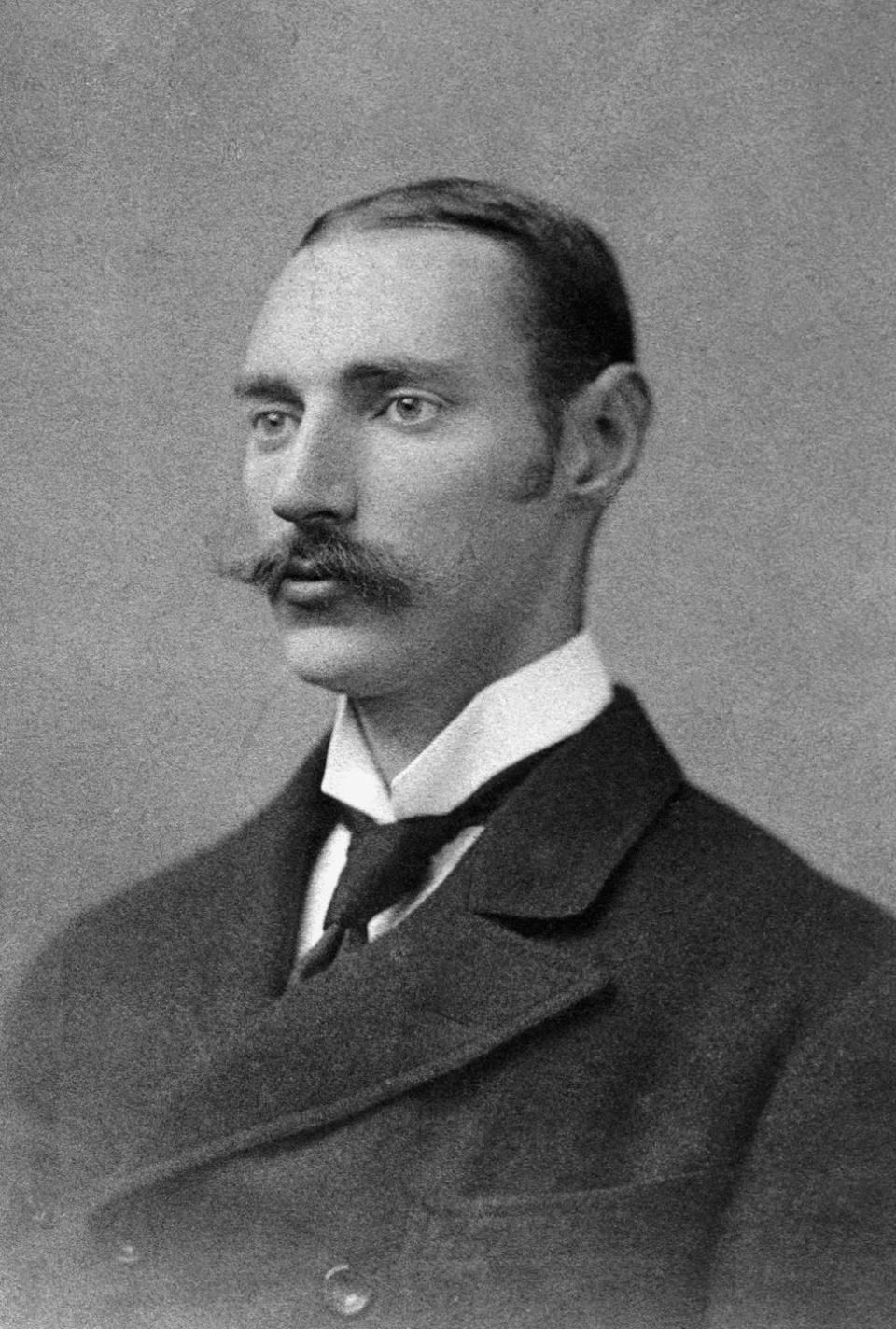
John Lee Love
Carpenter and inventor John Lee Love pioneered several devices during his lifetime. Among them, he patented a portable pencil sharpener (shown in the sketch here), as well as a lightweight plasterer’s hawk with a detachable handle, used by masons and plasterers.
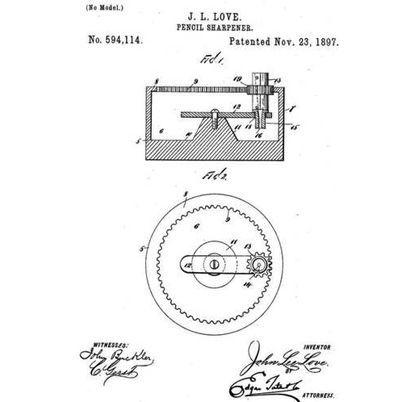
Henry Blair
Inventor Henry Blair is famous not only for his agricultural devices, but also for the fact that he was one of the first Black Americans to receive a U.S. patent. His first patent was for a wheelbarrow-like corn planter, which allowed farmers to plant their seeds more efficiently. His second patent was for a cotton planter, which split the ground with blades and deposited seeds as it was pulled along by a horse or other animal.
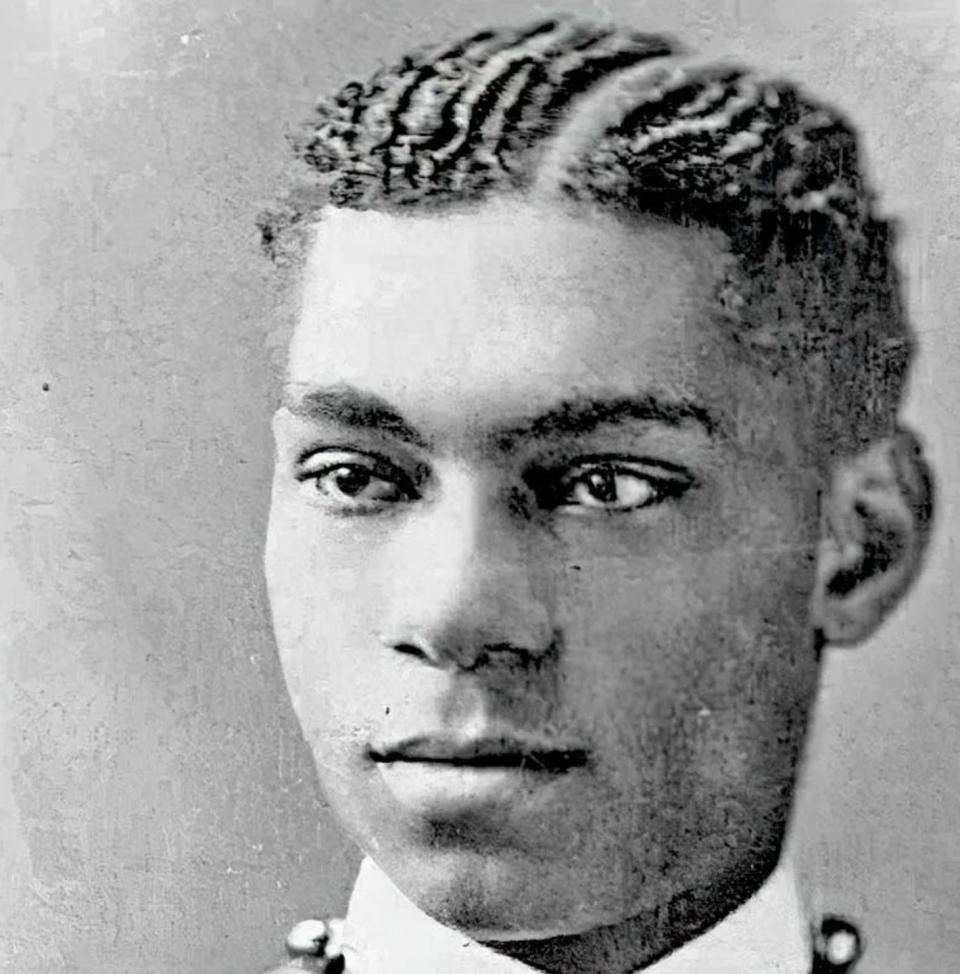
Henry Ford
Henry Ford was an inventor and businessman whose work revolved around cars, or “horseless carriages” as they were called at the start of his career. In 1908, he introduced the Model T, the first car that was affordable for the average American. In 1913, he launched the first moving assembly line, which decreased the amount of time it took to build a car and made it even cheaper to buy.
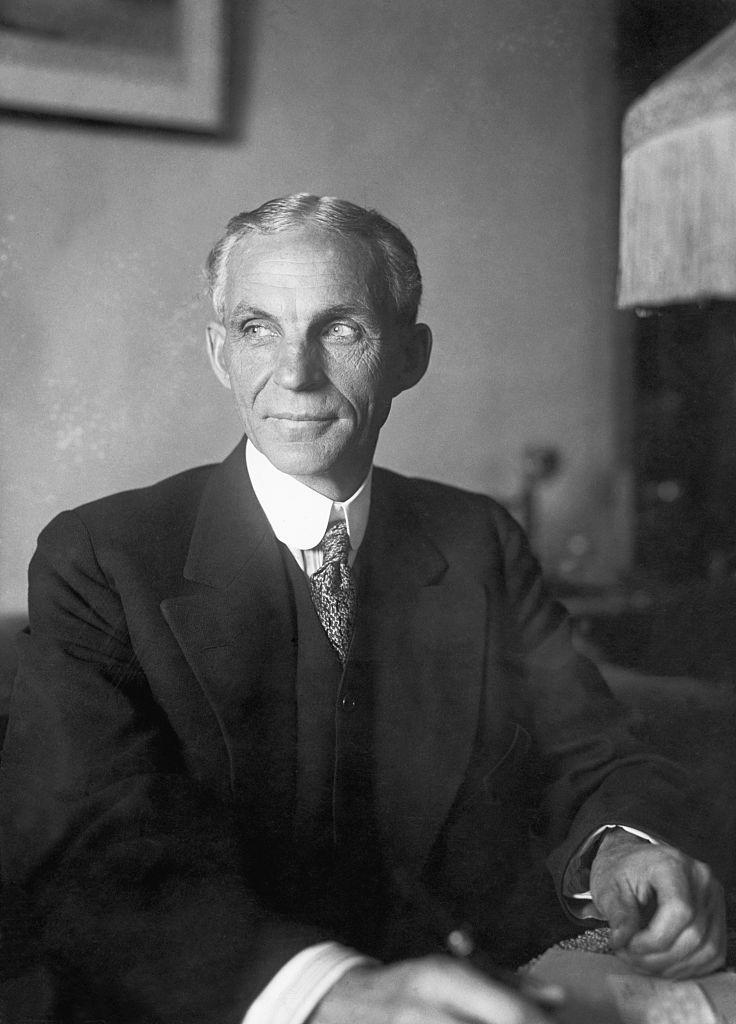
John Muir
Although he would later become well-known for his writing and environmental advocacy, John Muir was also an inventor. In his childhood and adolescence, he invented a horse feeder, a table saw, a wooden thermometer, and a device that pushed a person out of bed in the morning.
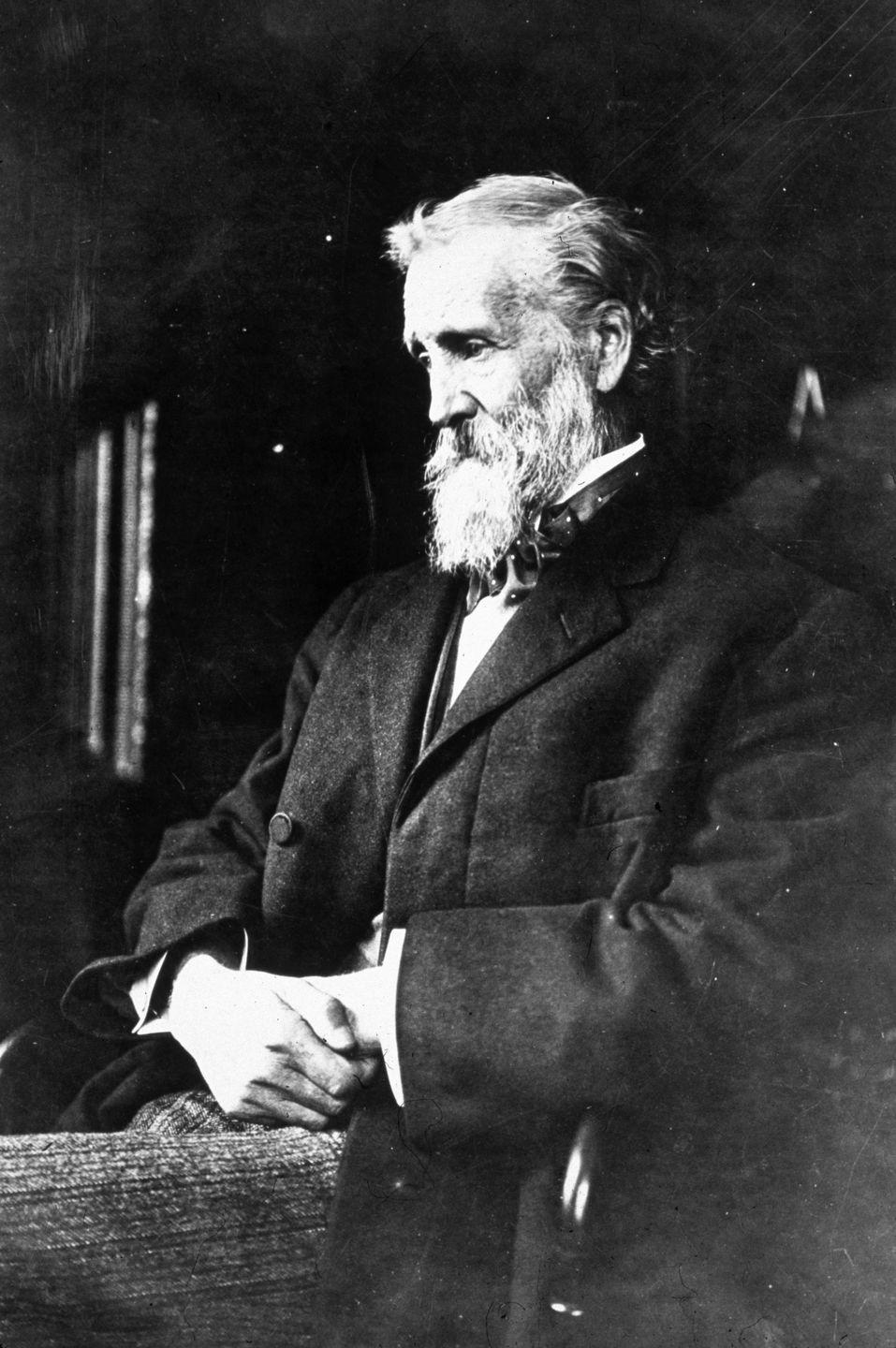
You Might Also Like

